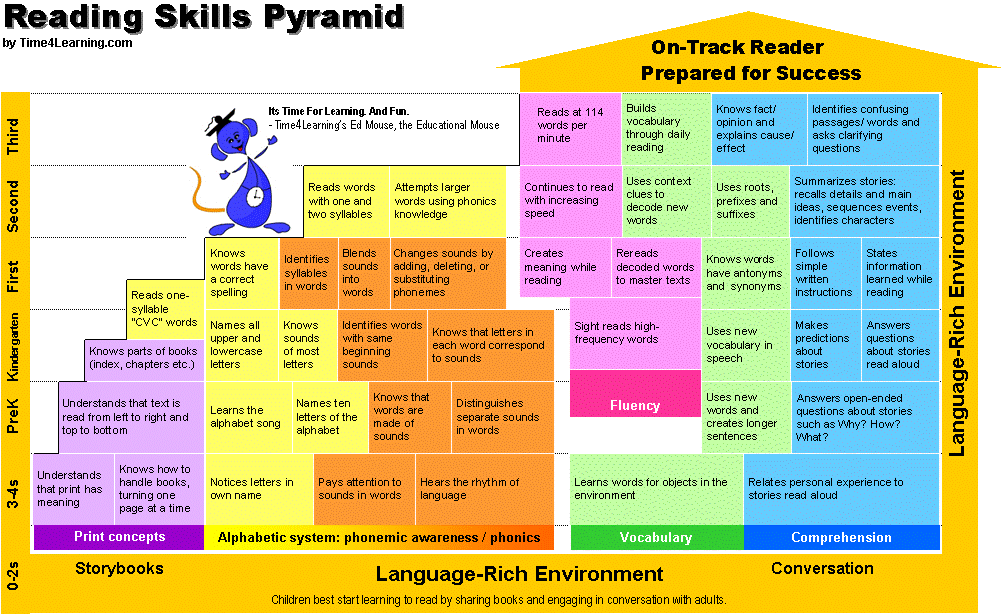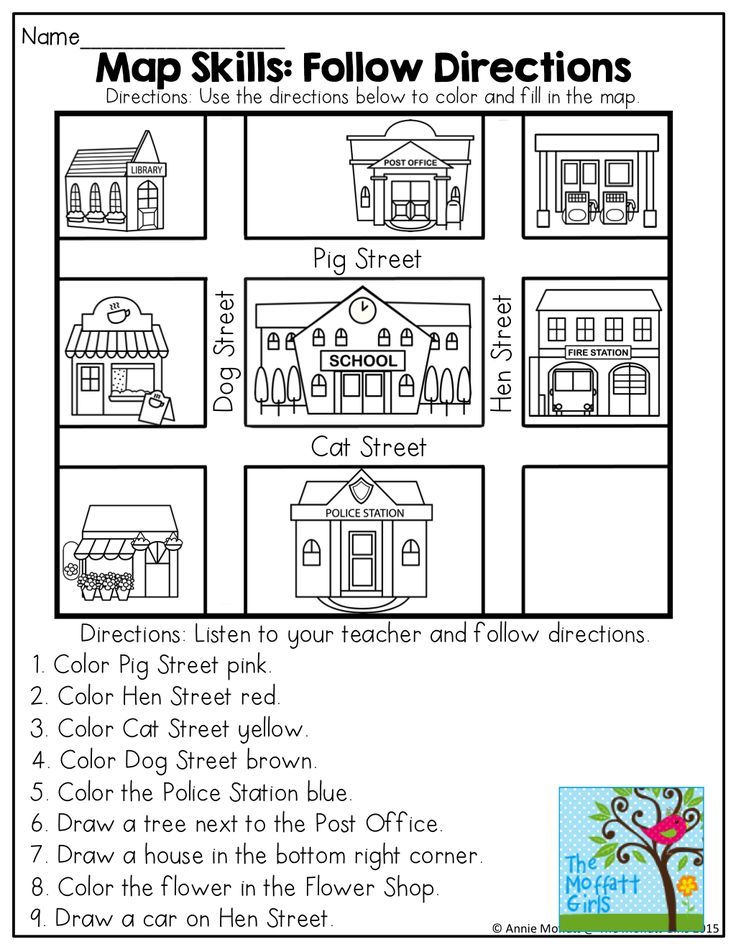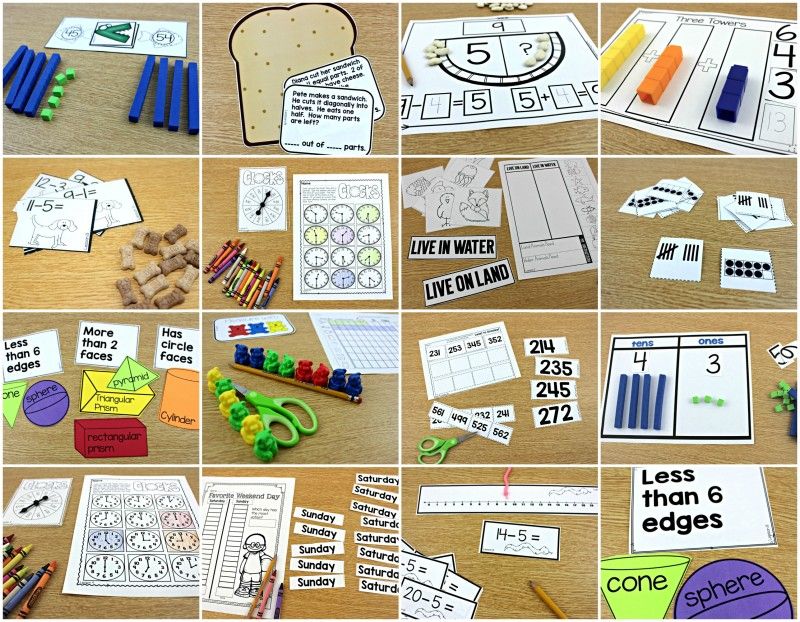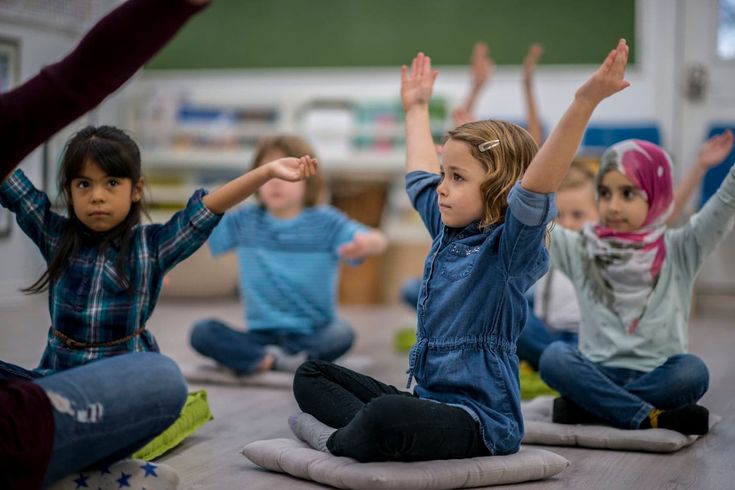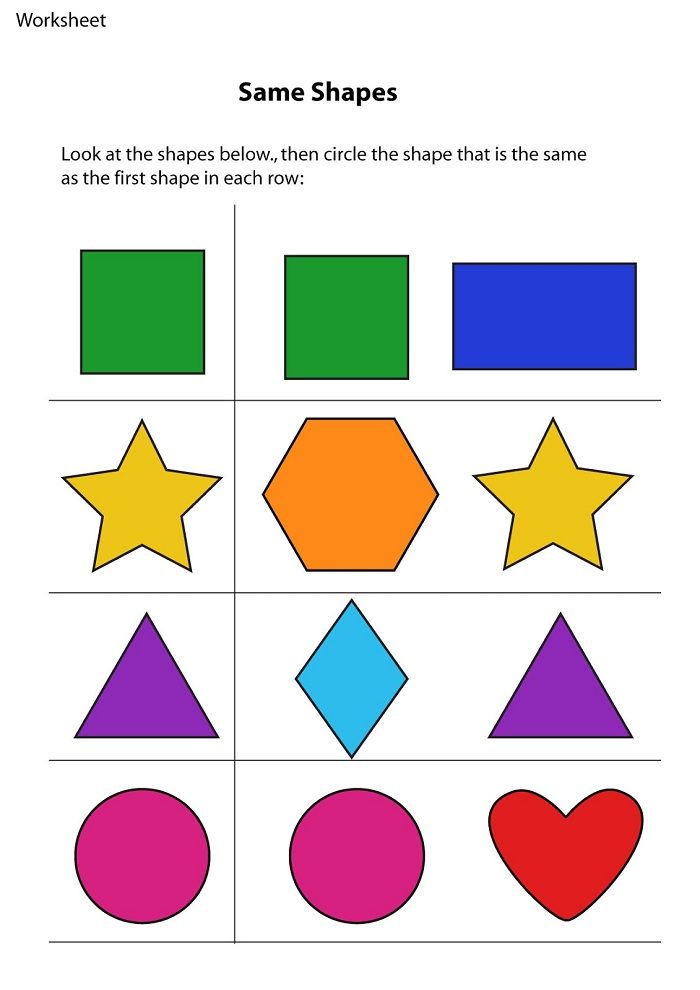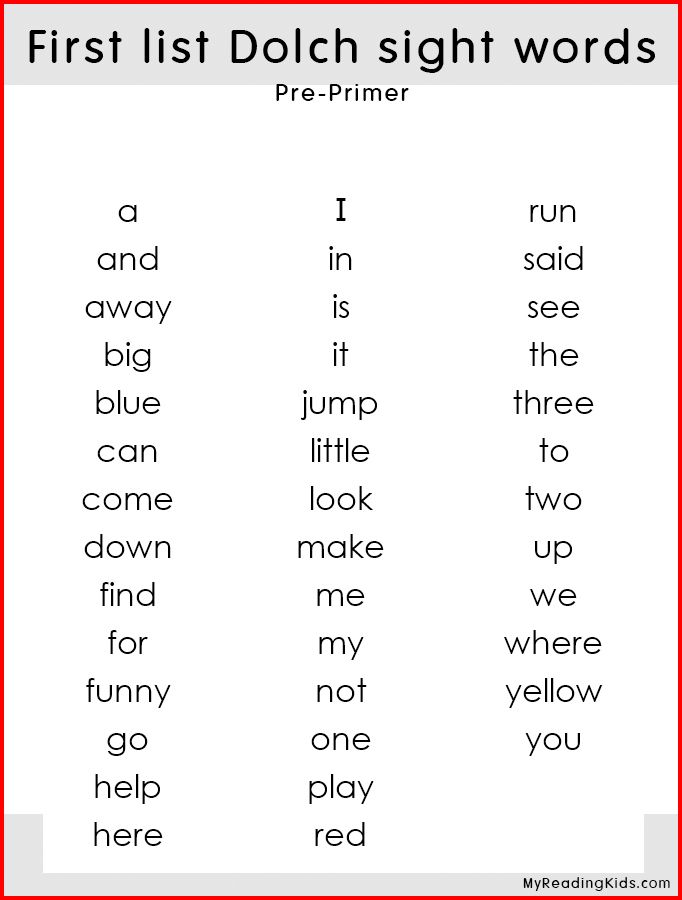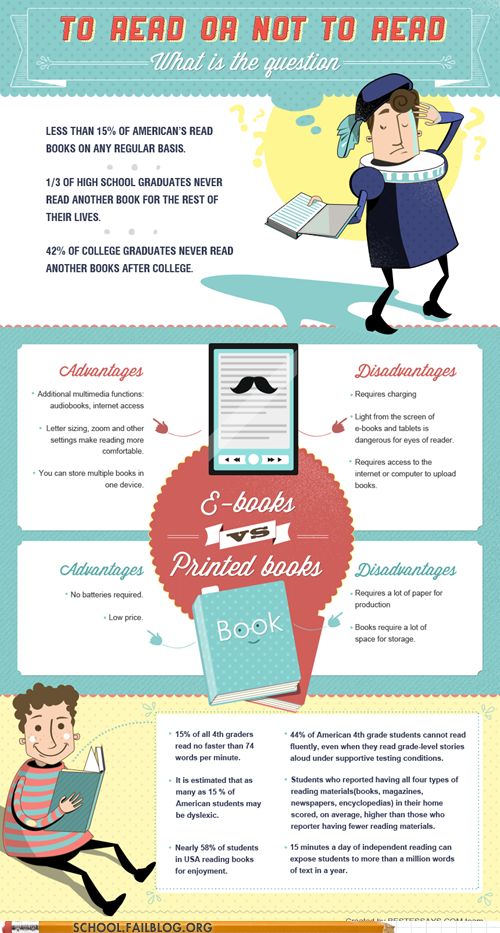Teaching sight words games
26 Sight Word Games For Kids To Practice Reading Fluency
As students start their reading journey, they will come across certain high-frequency words that they should be able to identify in an instant. There are plenty of fun activities you can implement in the classroom or at home to help kids get acquainted with these common sight words and become comfortable with using them.
Sight word games should be part of a daily routine to help them become second nature as kids move on from a basic reading level. Have a look at these awesome games to get students ready to read fluently in no time!
1. Wear a Crown
Use a free printable template to give students a crown with a sight word on it. They can go around to their friends and read out each other's words and make sentences with them for extra practice.
Read more: Mrs Jones Creation Station
2. Make sentences
Place sticky notes around the house on a variety of objects. As kids find them around the house they can create sight word sentences on the go. It's a great game to play on an ongoing basis.
Read more: Kinney Pod Learning
3. Fly Swat Game
This game is classic and incredibly effective in its simplicity. Write sight words on a blackboard and hand 2 students a fly swatter each. Call out a word and have them race to the board and see who can swat the word correctly, first.
Read more: English Azerbaijan
4. Pancake Flip
Write some basic sight words on round cardboard cutouts and let kids flip the "pancake" as you call out the words. It's great for word identification and even helps with fine motor skills as little hands try to use a spatula for flipping.
Read more: Play Dough to Plato
5. Treasure Hunt
Write a couple of words on paper and place them in a tray. Cover them in colored salt or sand and let the students hunt for the correct words.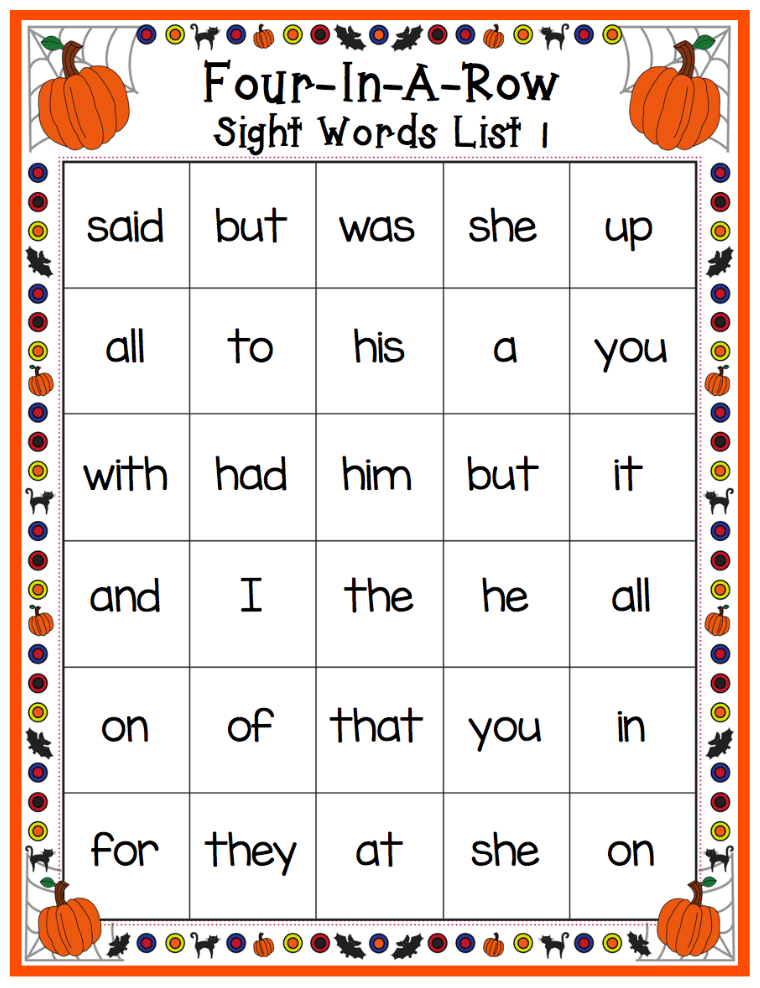 They use a paintbrush to uncover the words and find the hidden treasure.
They use a paintbrush to uncover the words and find the hidden treasure.
Read more: Love for Little Learners
6. Sight Word Ball Games
Write the words on some ball pit balls and lay them out on the floor. Have kids do some gross motor activities like hip, twirl, or jump to the ball with the right word on it. They can even try to throw the ball at a target if it is safe.
Read more: Preschool for You
7. Start a Band
All kids love banging away aimlessly on some pots and pans. Use sticky notes to put some sight words on your kitchenware and let the kids bang on the correct words as you call them out.
Read more: Early Years with Mrs G
8. Sand Writing
This is one of the best sight word activities with only a few supplies. Put some salt or sand in a tray and write sensory words on cards. Kids need to trace the words in the sand or salt and work on their reading skills by reading them out loud.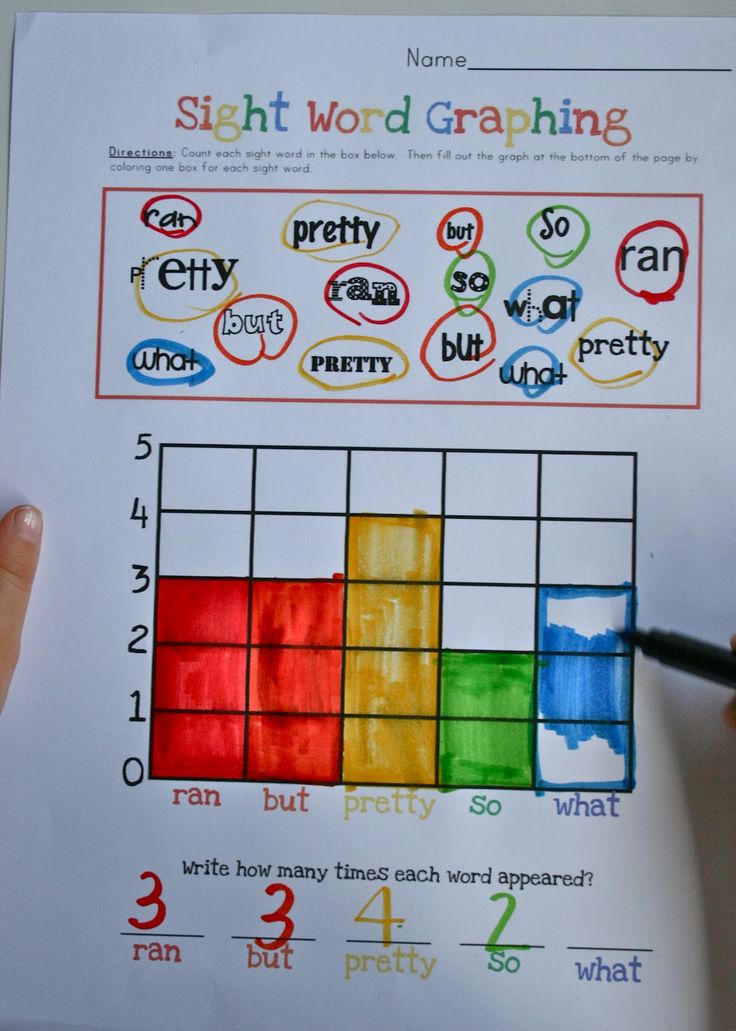
Read more: Make it Multi-Sensory
9. Sight Word Monster
Get creative by building a sight word monster from a used tissue box. Kids can identify the words on the flashcards and feed them into the hungry monster's mouth.
Read more: EC Play and Learn
10. Sight Word Kaboom
Students take turns picking sticks with sight words on them. Once they draw a "kaboom" stick they must return it to the cup. The student with the most sight word sticks at the end wins the game.
Read more: Gine York on Pinterest
11. Rainbow Words
Using bright colors to write words is a great way for kids to remember them better. Print out a fun blank rainbow template and let kids repeatedly write sight words in rainbow colors.
Read More: My Little Pandamonium
12. Word Counter
Put up pieces of paper around the classroom with sight words written on them.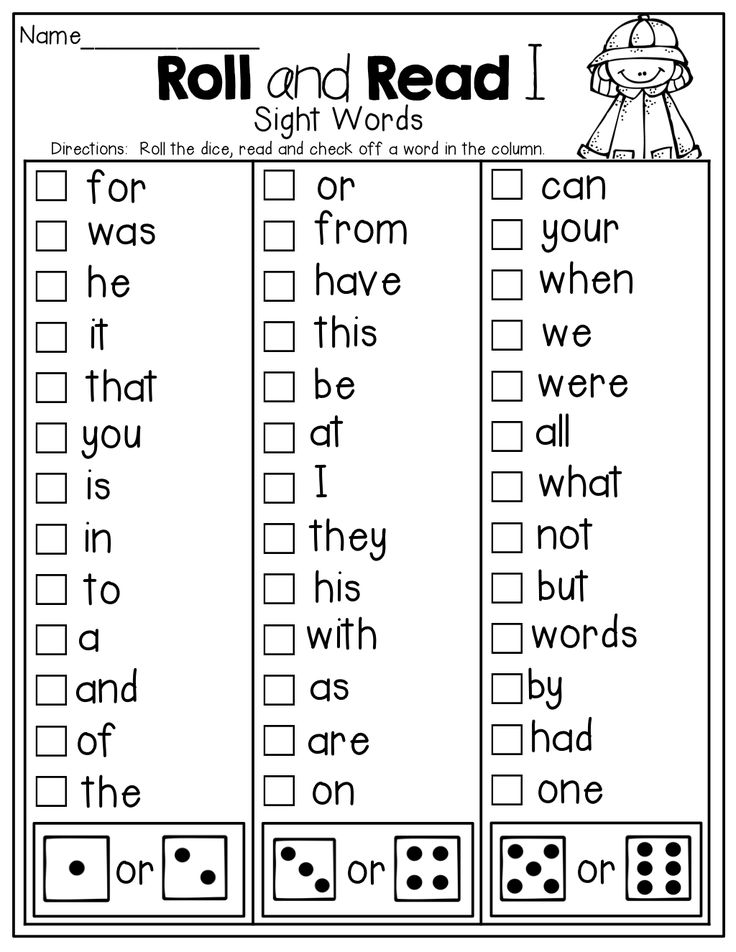 The words should be repeated as students will walk around and tally up how many times they encounter each word.
The words should be repeated as students will walk around and tally up how many times they encounter each word.
Read more: Reading Corner Online
13. Build Your Own Words
This is one of the many fabulous hands-on activities that can be done with lego blocks. Use an erasable marker to write words and letters on the blocks and let kids build the words on their own.
Read more: Ray's In Kinder
14. Find a Parking Spot
Little hands that love racing cars around will enjoy this easy game. It works best with an individual child and can be done over and over with new words on each sheet of paper.
Read more: Ms Benders Classroom
15. Window Writing
It's not every day that kids get to write on windows, let alone be encouraged to do so! Let the class students write the sight word of the day on a window each day as they get to class.
Read more: Kindergarten Matters
16.
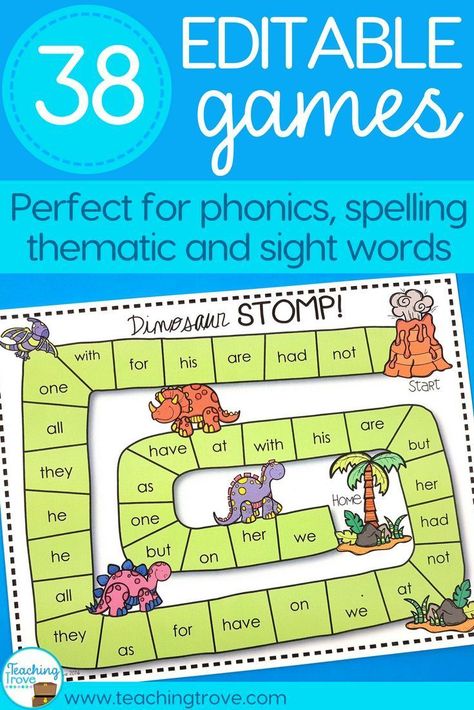 Secret Message
Secret Message When kids write with a white crayon on a blank sheet of paper, they can use watercolor paints to expose the secret words. It's great for kids with foundation reading skills who are still building confidence in a fun and creative way.
Read more: Teach Starter
17. Q-tip art
Beginner readers will enjoy this hands-on activity. They use a q-tip to put paint in the dots of this fun printout. It will also help them focus and take their time on the activity while strengthening their fine motor skills.
Read more: Teachers Pay Teachers
18. Keyboard Practice
Old keyboards or keyboard covers are wonderful resources to practice new words. Students can type words or complete sentences from the cards you provide. This is one of the fast-paced challenges that will help kids improve their typing skills too.
Read more: Life Between Summers
19. Teacher Wears Words
This is a great activity for a busy teacher looking to incorporate games throughout the day.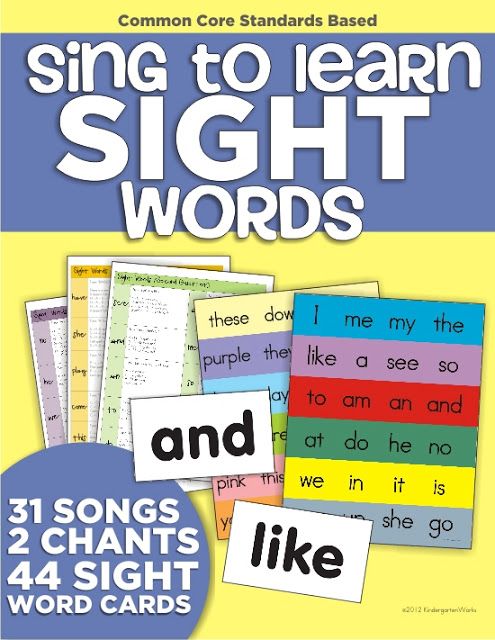 Wear sight words pinned to your shirt and change them as the day goes by. Students have to read the word every time the teacher approaches them.
Wear sight words pinned to your shirt and change them as the day goes by. Students have to read the word every time the teacher approaches them.
Read More: The Primary Partner
20. Hopscotch
Draw some hopscotch blocks on the ground and add the sight words to the shapes. Students get to be active and have fun while learning to read these words quickly as they jump through the course.
Read more: Where the Literacy Grows
21. Take a Cakewalk
Cakewalk is another fast-paced reading challenge where kids walk around until the music stops. Call out one of the written site words and the student standing on that word wins the round. Kids will love being silly to the music and playing outside.
Read more: Joyful In Kinder
22. Sight Word Bowling
A few blowing pins in your arsenal is always a winner. Write some sight words on the pins and have students roll a ball to knock down the words you call out.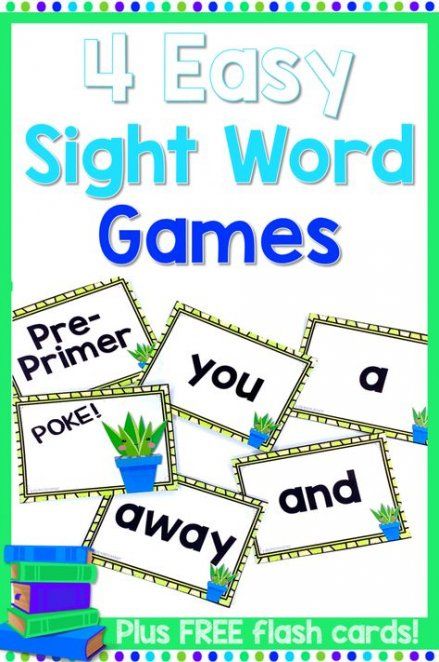
Read more: The Creative Teacher
23. Target Practice
Kids will go crazy to have a go with the NERF gun. Stick some sight words on a target and let kids take turns to shoot at the words and try to hit the targets.
Read more: Lauren's Lil Learners
24. Muffin Tin Game
This is another fun hand/eye coordination game to learn sight words. Write words on the inside of cupcake wrappers and put them in a muffin tin. Let your child toss a little ball or rock into the correct wrapper as you call them out loudly.
Read more: Fun With Linda
25. Sight Word Checkers
This classic board game can quickly be earned into a fun game to learn sight words. Print out a board or write words on a board you have and let students read out the words as they move around the board.
Read More: My First Grade Adventures
26. Sight Word Guess Who
This is another of the classic board games that never gets old.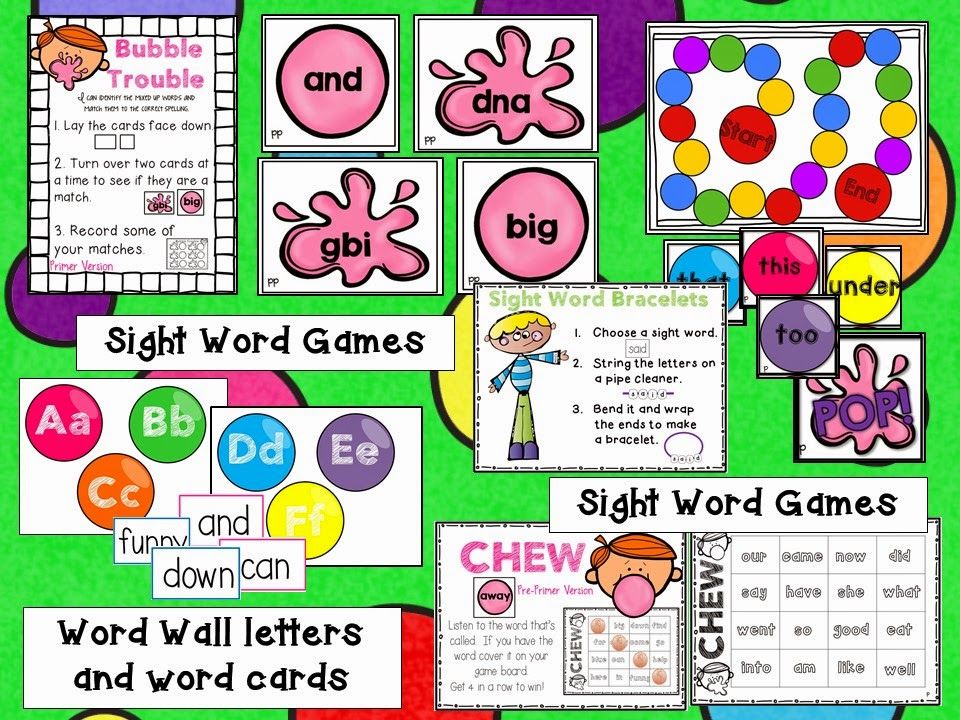 CHange out the traditional images with sight words and print out some clue cards. Once you set up this game you can play it for a long time to come.
CHange out the traditional images with sight words and print out some clue cards. Once you set up this game you can play it for a long time to come.
Read more: Teaching Mama
10 Clever Games to Help Your Child Learn Sight Words
Big, at, can, does, go, see: these are just a few of what are commonly referred to as sight words. Sight words are those foundational words that appear frequently wherever you see words in print. Children should recognize sight words without sounding out the letters to build reading speed and fluency.
Sight words are unique. Many of them can't be figured out phonetically, and they are often an exception to the rules of letter–sound relationships. The best way to learn these words is through familiarity and memorization. This does not mean, however, that you have to sit with your child and use boring and basic flashcards. The best way children learn is by engaging in playful activities. Active learning will not only help your child retain the sight words, but will also develop skills such as critical thinking, communication, collaboration, creativity, innovation, self-regulation, and working memory.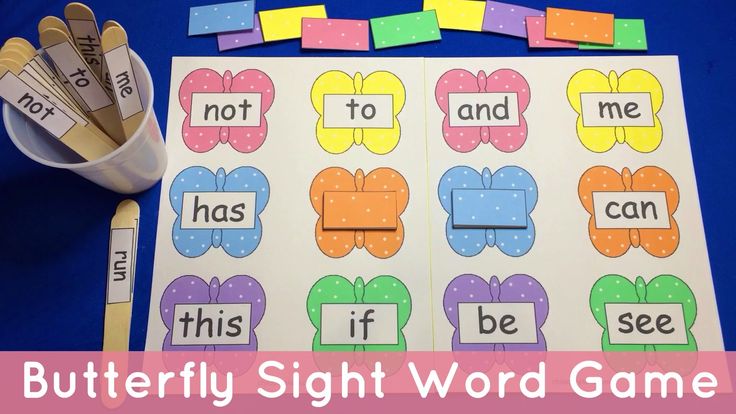
Try these 10 fun active learning games to help your child learn sight words and more!
1. Egg HuntJust in time for spring! You'll need paper (cut into strips), markers, and plastic eggs you can open. Write a sight word on each of the paper strips and place one strip in each egg. Hide the eggs all around your backyard or living room. Have a fun egg hunt with your child. Record one point for each egg found and two points if your child can read the sight word. How many points did your child get? Play again and see if she can get more points the next time.
2. Read An Interactive Book!In the Curious World App, you can read over a hundred books such as Goldilocks or Curious George Feeds the Animals. When your child selects the 'Read To Me' option, each word will be highlighted as it is spoken. The more books she reads, the more she will start to recognize common sight words. Click below to try it now!
https://kidsy.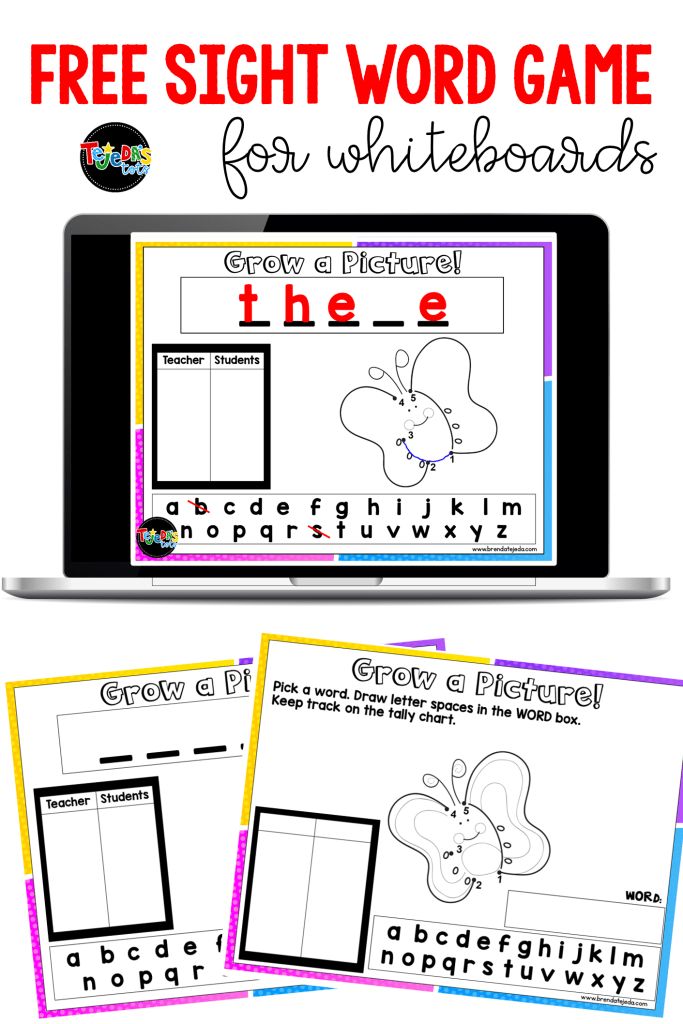 curiousworld.com/book/4367?site=cw
curiousworld.com/book/4367?site=cw
You will need a few beanbags, index cards, and a marker. Write a sight word on each card. Spread the word cards on the floor. Shout out words and have your child toss beanbags onto them. Next, have your child shout out the word and see if you can hit them with the beanbags.
Make a grid (adjust the size depending on your child's abilities), and write a sight word in each square. Next, give your child some counters and read one of the words out loud. If your child can find the correct word, she gets to place her counter in the square. When she has completed a row or a column, she has won the game - bingo! For a digital version of this game, check out the Curious World App. Get 20% off your first year when you follow this link (discount applied at checkout).
5. Word WalkYou will need white paper plates and a marker. Write a sight word on each of the plates. Create a path all around the house using the paper plates.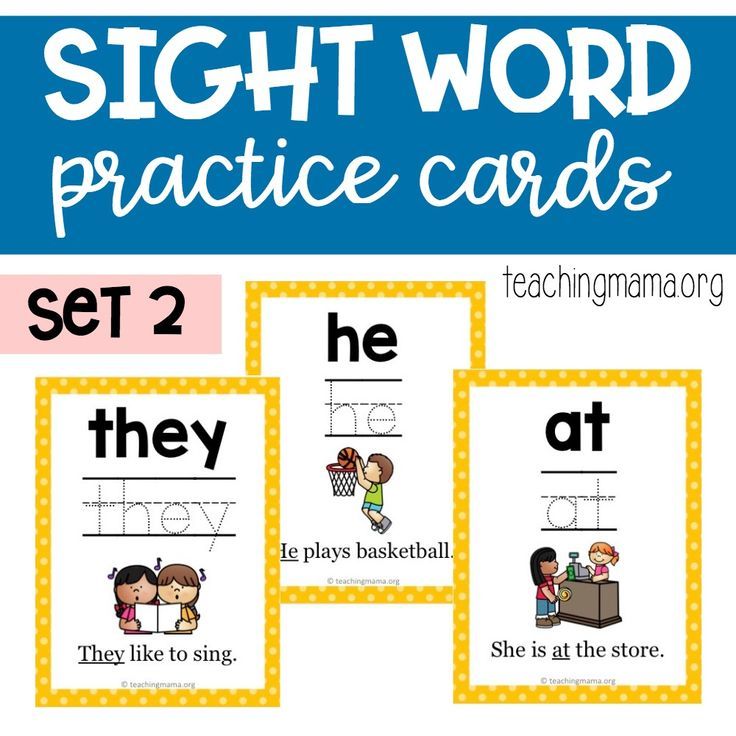 Start at the beginning of the path and have your child read each word as she walks to the end of the path. Your child can pick up the plate each time she reads a word. Repeat the game by creating a new path.
Start at the beginning of the path and have your child read each word as she walks to the end of the path. Your child can pick up the plate each time she reads a word. Repeat the game by creating a new path.
Write 20 sight words on 20 pieces of paper. Use words you want your child to learn. Stick the words on a wall. Get a flashlight and dim the lights. Shine the light on a word. Ask your child to read the word. Switch it up by reading a word and having your child find it with the flashlight. Make the activity even more fun using black paper and a glow-in-the-dark crayon or marker.
Oh no, the aliens are attacking! Move the spaceship and shoot down the correct sight word to stop them before they reach earth. Exclusive to the Curious World App.
8. Magic Reveal!You will need heavy white paper such as poster board or cardboard, a white crayon, watercolor paints, and a paintbrush. Using the white crayon, write sight words in a random pattern on the paper.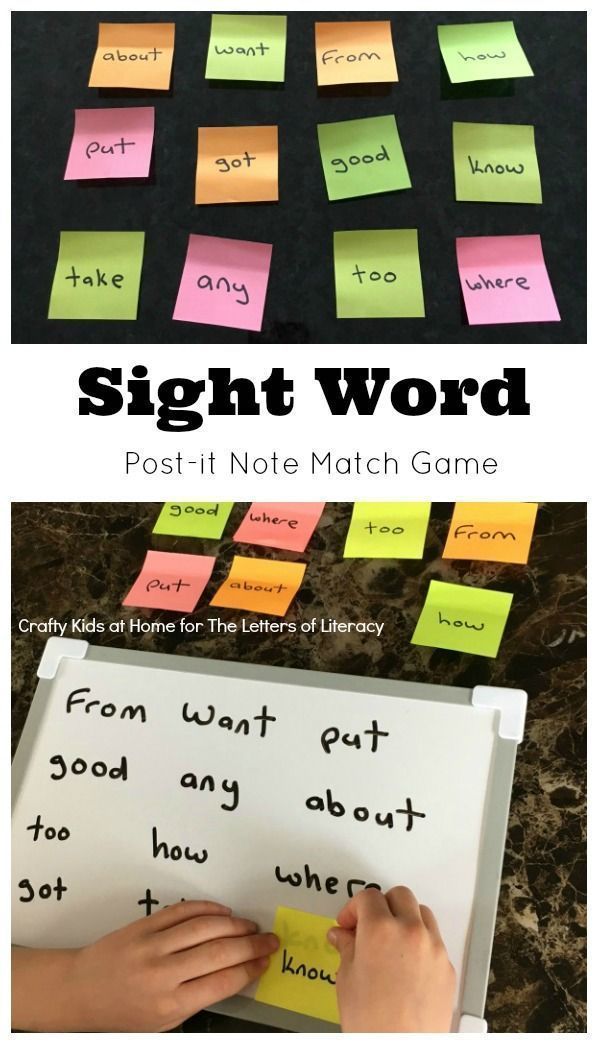 Next, have your child paint on the paper with watercolor paints. As the words are revealed, ask her to name the words she sees.
Next, have your child paint on the paper with watercolor paints. As the words are revealed, ask her to name the words she sees.
Children love puzzles! Take a 20 to 100-piece puzzle, depending on the size of puzzle your child can handle, and write a sight word on the back of each piece. Have your child pick up a piece and read the word before putting it in the puzzle. If she struggles with the word, read it to her and put the piece aside for her to come back to and try again.
10. Catch the WordStart with 10 small balls. Tape a sight word on each ball. Play a simple game of catch, and each time your child catches a ball, she will read the word aloud. Repeat with the other balls and keep the action going.
online learning and learning sessions
Educational games / 7‑8 years
All children like developing activities if they are carried out in an entertaining way.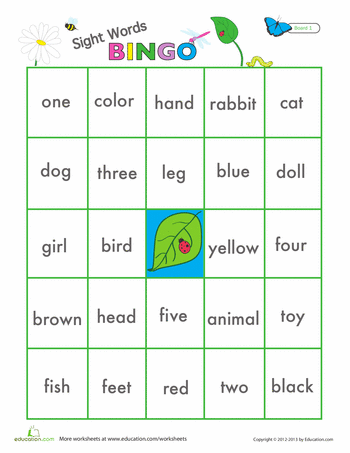 With LogicLike, even difficult cognitive and learning tasks turn into in Game.
With LogicLike, even difficult cognitive and learning tasks turn into in Game.
LogicLike - DEVELOPMENT IN GAME FORM!
- 2500 interesting tasks
- Awards and achievements
- Measurable progress
- Wits + Confidence
We have everything you were looking for
Try the LogicLike course in game form!Start the game!
Choose where to start!
Logic games
Thinking course
Like it - save your progress and open access to all our games.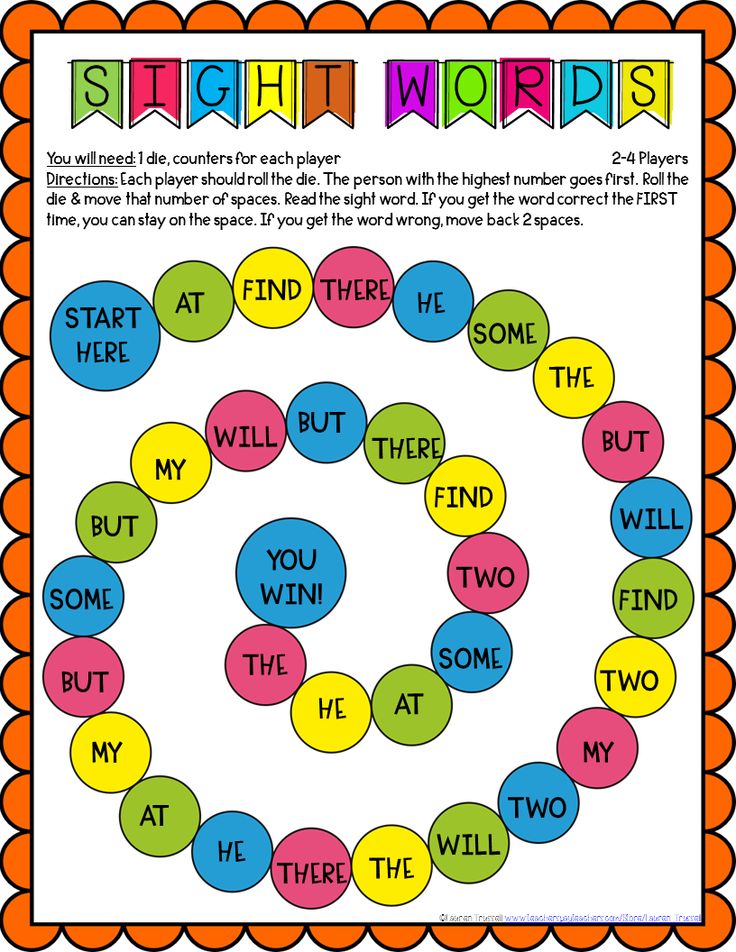
Logic games for children 8 years old
Logic games and tasks from LogicLike help develop analysis skills, teach you to compare, generalize and classify, find patterns and draw conclusions.
Logic tasks
put things in order
Puzzle with matches
Sets
Math Games
Count the cubes
Insert a number or sign
Smart account
Continue the pattern
Honeycombs and Sudoku
weigh-ins
Should the lessons be interesting?
Seven or eight years of age can in many ways become decisive for a growing child.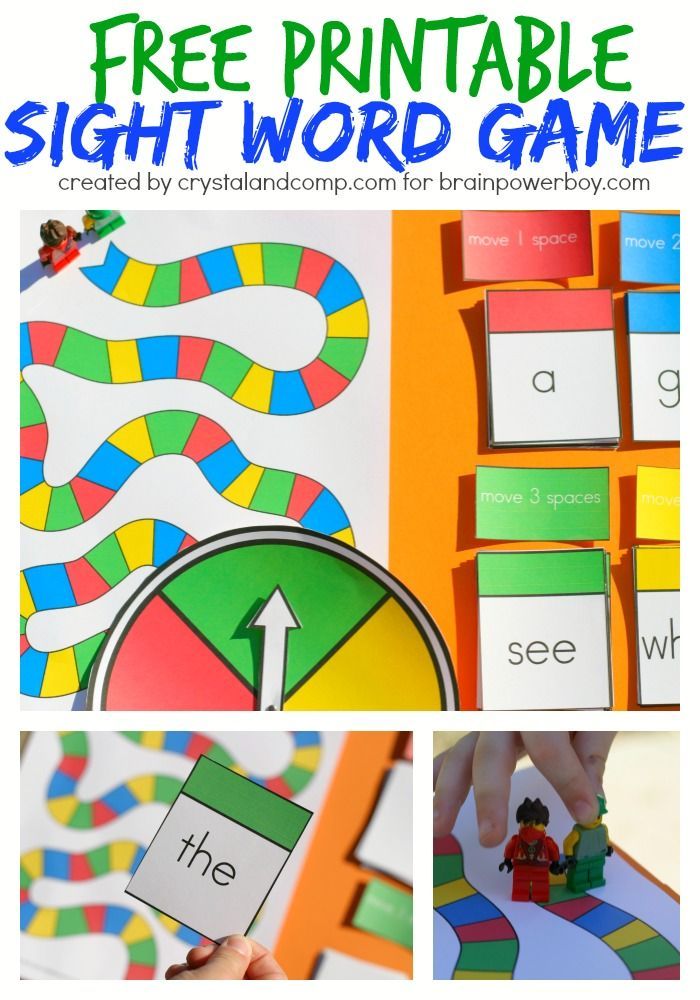 Too much school tasks that are simple for a capable student in grades 1-2 often reduce cognitive interest.
Too much school tasks that are simple for a capable student in grades 1-2 often reduce cognitive interest.
It's time to think and reason with your child:
- about what school subjects he likes and what he would like wanted to supplement them;
- about his interests, dreams, what he likes to do now and what he would like to do when he grows up;
- what skills and abilities will definitely come in handy in life, what can be the foundation for academic and career success.
On the LogicLike.com platform, we have combined the best tasks and puzzles in a step-by-step course for the development of logical and mathematical thinking.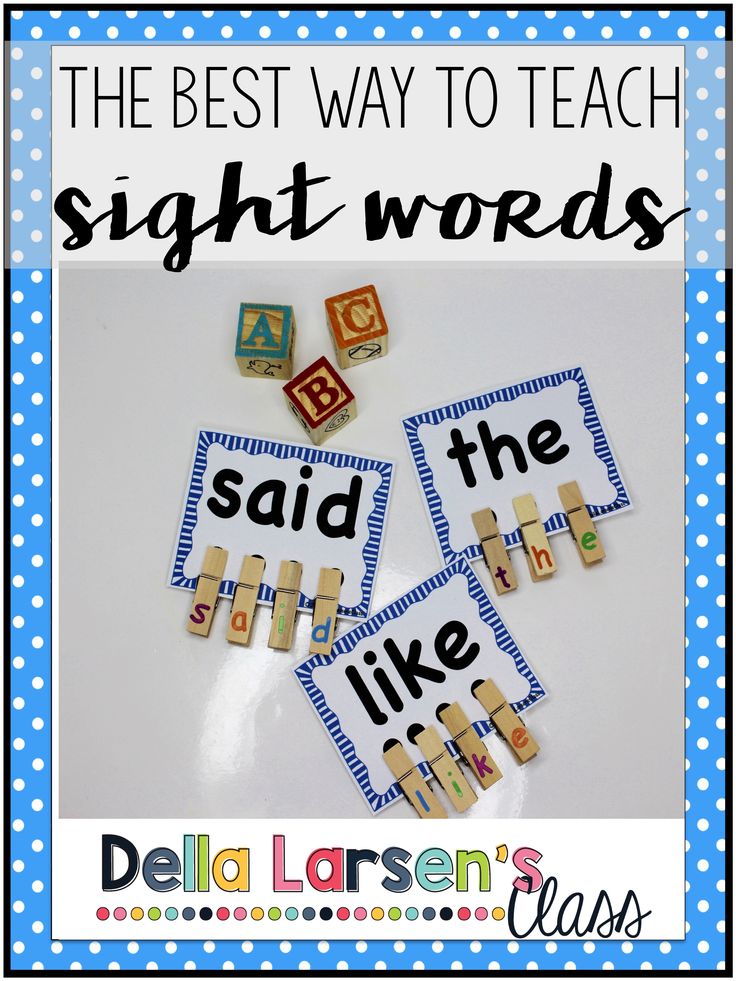
Games for attention and memory
Shape games
Number Games
Riddles for the attentive
Truthful and liar
Cognitive and educational games
Simple riddles and questions
Tricky riddles
Guess by description
Item Addresses (coordinates)
King on the hunt
Go through the numbers
Educational activities for every day
It is important to dilute the online environment familiar to the child with the right offline activities. Healthy explain to the child that it is necessary to develop comprehensively and purposefully. Okay if it works build a student's day in such a way that it includes not only study and rest.
Healthy explain to the child that it is necessary to develop comprehensively and purposefully. Okay if it works build a student's day in such a way that it includes not only study and rest.
For harmonious development, try to add daily sports, tasks that a 2-grader can do care and assistance to parents. Here are some ideas for the harmonious development of an 8-year-old child:
- Outdoor activities 2-3 hours a day: active outdoor games, quiet walks.
- Household chores, daily and weekly duties will go to the benefit.
- Among the most useful educational toys at this age: puzzles and puzzles, constructors, sets for creativity and for scientific experiments.
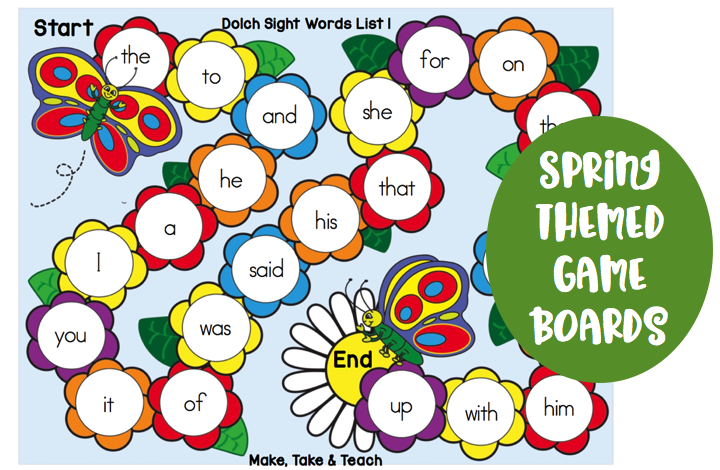
Recommended exercise regimen on LogicLike for children aged 8: 20-30 minutes a day, 2-3 times a week.
Word games • Arzamas
You have Javascript disabled. Please change your browser settings.
Children's room ArzamasMaterialsMaterials
Arzamas for classes with schoolchildren! A selection of materials for teachers and parents
Everything you can do in an online lesson or just for fun
Cartoons are festival winners. Part 2
Tales, parables, experiments and absurdity
Guide to Yasnaya Polyana
Leo Tolstoy's favorite bench, greenhouse, stable and other places of the writer's estate worth seeing with children named Petya
Migrants: how to fight for their rights with the help of music
Hip-hop, carnival, talking drums and other non-obvious ways
Old records: fairy tales of the peoples of the world
We listen and analyze the Japanese, Italian, Scandinavian and Russian fairy tales
Video: The ISS commander asks the scientist about space
Lecture at an altitude of 400 kilometers
How to make a film
Film of horrors, comedy and melodrama at home
The most unusual animation techniques
VR, sunbeams, jelly and spice cartoons
Play the world's percussion instruments
Learn how the gong, marimba and drum work and build your own orchestra
How to put a performance
shadows, reading and other home performance options for children
Soviet puzzles
Solve children's puzzles of the 1920-70s
22 Cartoon for the smallest
What if you are not six
From "The Wild Dog Dingo" to "Timur and his team"
What you need to know about the main Soviet books for children and adolescents
A guide to children's poetry of the 20th century
From Agnia Barto to Mikhail Yasnov: children's poems in Russian
10 books by artists
The pages of tracing paper are a Milanese fog, and the binding is the border between reality and fantasy
How to choose a modern children's book
“Like Pippi, only about love”: explaining new books through old ones
Verbal games
"Hat", "telegrams", "MPS" and other old and new games
Games from classic books
What the heroes of the works of Nabokov, Lindgren and Milne play
Plasticine animation: Russian school
From "Plasticine Crow" to plasticine "Sausage"
Cartoons - winners of festivals
"Brave Mom", "My Strange Grandfather", "A Very Lonely Rooster" and others
Non-fiction for children
How the heart beats whale, what's inside the rocket and who plays the didgeridoo - 60 books about the world around
Guide to foreign popular music
200 artists, 20 genres and 1000 songs that will help you understand the music of the 1950s-2000s
Cartoons based on poems
Poems by Chukovsky, Kharms, Gippius and Yasnov in Russian animation
Home games
Shadow theater, crafts and paper dolls from children's books and magazines of the 19th-20th centuries
Books for the smallest
0 to 5: read, look at, study
Puppet animation: Russian school
Amorous Crow, Devil No.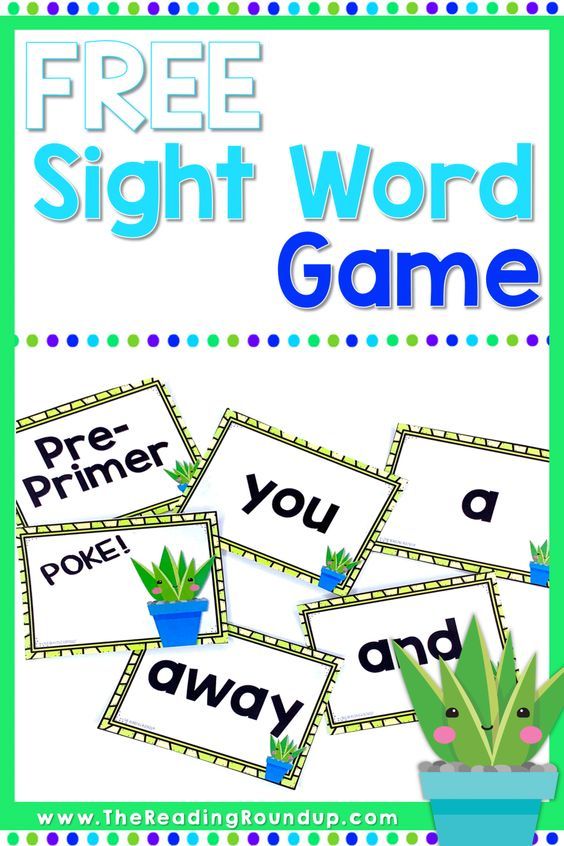 13, Lyolya and Minka and other old and new cartoons
13, Lyolya and Minka and other old and new cartoons
Smart coloring books
Museums and libraries offer to paint their collections
Reprints and reprints of children's books
Favorite fairy tales, novels and magazines of the last century, which can be bought again
What can be heard in classical music by voices
3 cuckoos and night forest sounds in great compositions of the 18th–20th centuries
Soviet educational cartoons
Archimedes, dinosaurs, Antarctica and space — popular science cartoons in the USSR
Logic problems
Solve the wise men's dispute, make a bird out of a shirt and count kittens correctly
Modern children's stories
The best short stories about grandmothers, cats, spies and knights
why you can't lie down on the edge. Bonus: 5 lullabies by the Naadya group
Musical fairy tales
How Tchaikovsky, Rimsky-Korsakov and Prokofiev work with the plots of children's fairy tales
Armenian School of Animation
The most rebellious cartoons of the Soviet Union
Dina Goder’s collection of cartoons
The program director of the Big Cartoon Festival advises what to watch with a child
Cartoons about art
How to tell children about art
40 riddles about everything in the world
What burns without fire and who has a sieve in his nose: riddles from "Chizh", "Hedgehog" and books by Marshak and Chukovsky
Yard games
"Traffic light", "Stander", "Ringlet" and other games for a large company
Poems that are interesting to learn by heart
What to choose if you were asked to learn a poem about mother, New Year or autumn
Old audio performances for children
"Ole Lukoye", "The Gray Sheika", "Cinderella" and other interesting Soviet recordings
Cartoons with classical music
How animation works with the music of Tchaikovsky, Verdi and Glass
How children's rhymes work
"Ene, bene, slave, kvanter, manter, toad": what does it all mean
"Hat", "telegrams", "MPS" and other games that require almost nothing but companies and desire to have a good time
Author Lev Gankin
Primer “A.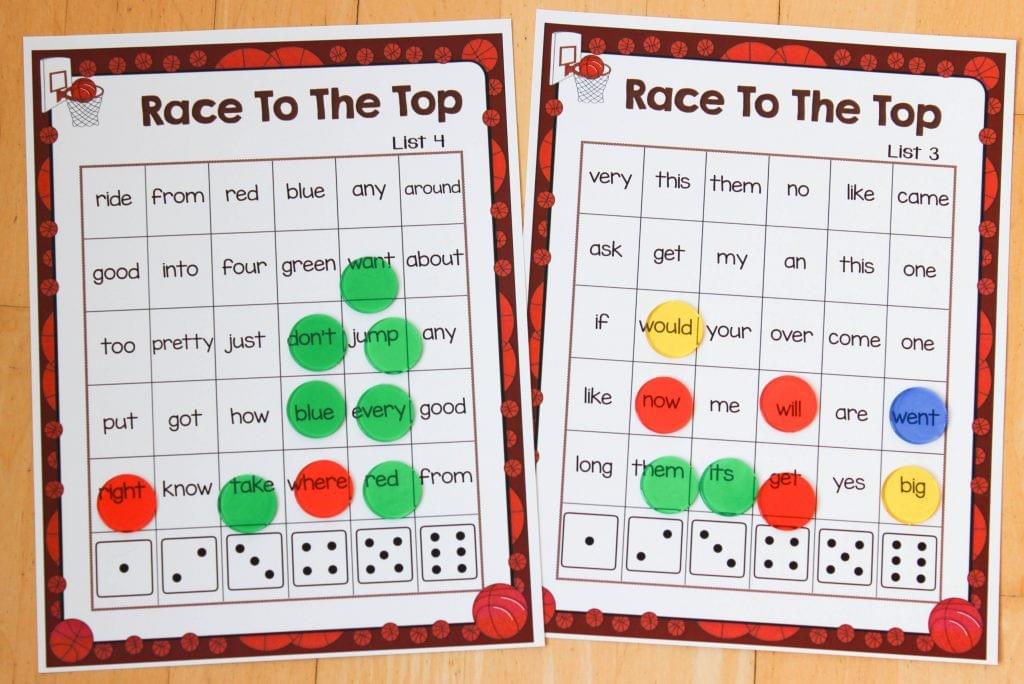 B. C. Trim, alphabet enchanté. Illustrations by Bertal. France, 1861 Wikimedia Commons
B. C. Trim, alphabet enchanté. Illustrations by Bertal. France, 1861 Wikimedia Commons Oral games
Associations
Game for a big company. The host briefly leaves the room, during which time the rest decide which of those present they will guess (this may be the host himself). Upon returning, the player asks the others questions - what flower do you associate this person with, what vehicle, what part of the body, what kitchen utensils, etc. - in order to understand who is hidden. Questions can be very different - this is not limited by anything other than the imagination of the players. Since associations are an individual matter and an exact match may not happen here, it is customary to give the guesser two or three attempts. If the company is small, you can expand the circle of mutual acquaintances who are not present at that moment in the room, although the classic version of "associations" is still a hermetic game.
Game of P
A game for a company of four people, an interesting variation on the "hat" theme (see below), but does not require any special accessories.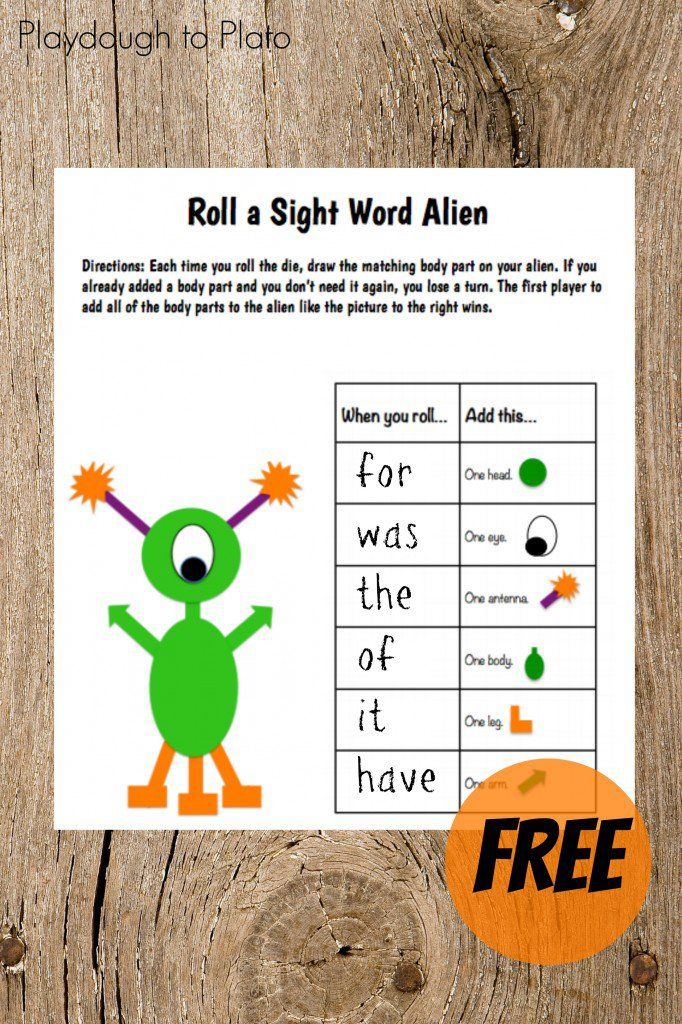 One player guesses a word to another, which he must explain to the others, but he can only use words starting with the letter "p" (any, except for the same root). That is, the word "house" will have to be explained, for example, as follows: "I built - I live." If you couldn’t guess right away, you can throw up additional associations: “building, premises, space, the simplest concept ...” And at the end add, for example, “Perignon” - by association with Dom Perignon champagne. If the guessers are close to winning, then the facilitator will need comments like “about”, “approximately”, “almost right” - or, in the opposite situation: “bad, wait!”. Usually, after the word is guessed, the explainer comes up with a new word and whispers it into the ear of the guesser - he becomes the next leader.
One player guesses a word to another, which he must explain to the others, but he can only use words starting with the letter "p" (any, except for the same root). That is, the word "house" will have to be explained, for example, as follows: "I built - I live." If you couldn’t guess right away, you can throw up additional associations: “building, premises, space, the simplest concept ...” And at the end add, for example, “Perignon” - by association with Dom Perignon champagne. If the guessers are close to winning, then the facilitator will need comments like “about”, “approximately”, “almost right” - or, in the opposite situation: “bad, wait!”. Usually, after the word is guessed, the explainer comes up with a new word and whispers it into the ear of the guesser - he becomes the next leader.
Lectures for children on this topic:
Course of lectures for children about the languages of the world
How many languages in the world, how do they differ and how are they similar to each other
Course of lectures for children about strange and new words of the Russian language
Why linguists study jargon, parasitic words and speech errors
Primer "A.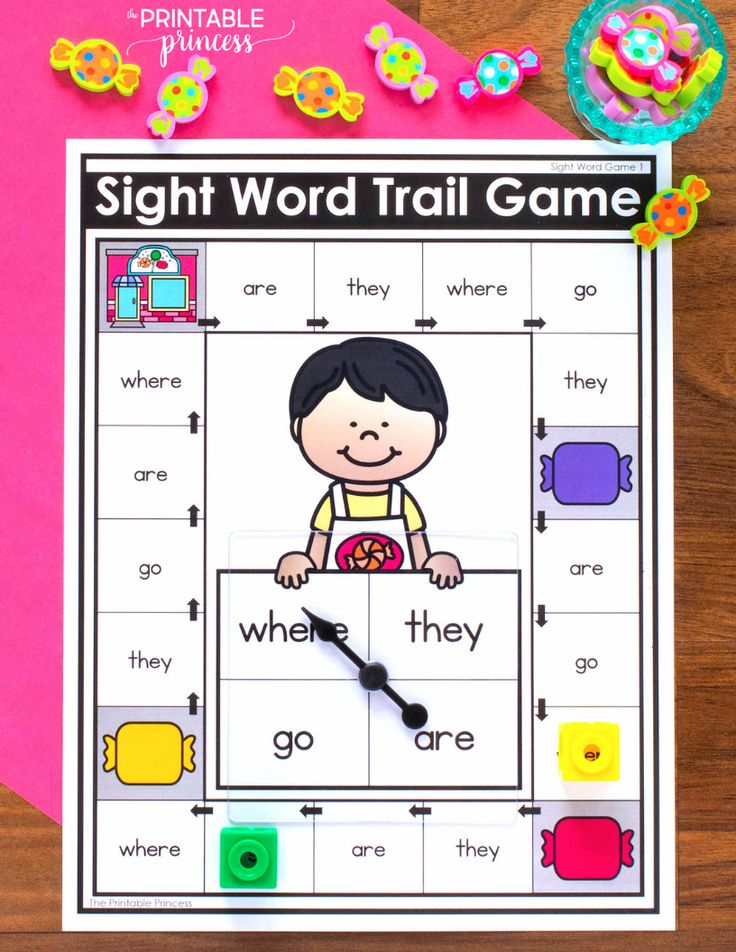 B. C. Trim, alphabet enchanté. Illustrations by Bertal. France, 1861 Wikimedia Commons
B. C. Trim, alphabet enchanté. Illustrations by Bertal. France, 1861 Wikimedia Commons Say the Same Thing
An upbeat and fast-paced game for two, named after a video clip by the inventive rock band OK Go, from which many learned about it (the musicians even developed a mobile application that helps to play it from a distance, although it is currently unavailable). The meaning of the game is that on the count of one-two-three each of the players pronounces a randomly chosen word. Further, the goal of the players is, with the help of successive associations, to come to a common denominator: for the next time, two or three, both pronounce a word that is somehow connected with the previous two, and so on until the desired coincidence occurs. Suppose the first player said the word "house" and the second player said the word "sausage"; in theory, they can coincide very soon, if on the second move after one-two-three both say "store". But if one says “shop”, and the other says “refrigerator” (why not a sausage house?), then the game can drag on, especially since it’s impossible to repeat - neither the store nor the refrigerator will fit, and you will have to think, say, before "refrigerator" or "IKEI". If the original words are far from each other (for example, "curb" and "weightlessness"), then the gameplay becomes completely unpredictable.
If the original words are far from each other (for example, "curb" and "weightlessness"), then the gameplay becomes completely unpredictable.
Characters
A game for the company (the ideal number of players is from four to ten), which requires from the participants not only good imagination, but also, preferably, a little bit of acting skills. As usual, one of the players briefly leaves the room, and while he is gone, the rest come up with a word, the number of letters in which matches the number of participants remaining in the room. Next, the letters are distributed among the players, and a character is invented for each of them (therefore, words that contain "b", "s" or "b" do not fit). Until the word is guessed, the players behave in accordance with the chosen character - the leader's task is to understand exactly what characters his partners portray and restore the hidden word. Imagine, for example, that a company consists of seven people. One leaves, the rest come up with a six-letter word "old man" and distribute roles among themselves: the first, say, will be with indoor, the second - t erpel, the third - a secondary, the fourth - p asylum, the fifth - and mane and sixth - to ovary.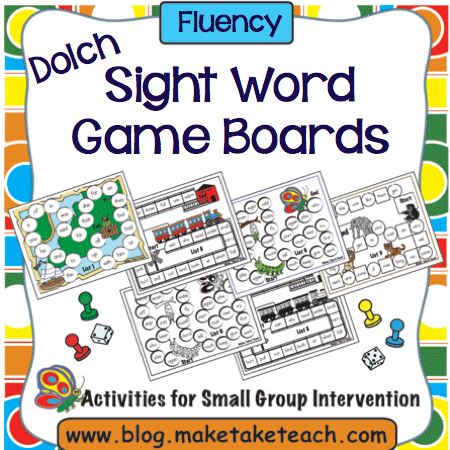 The returning player is greeted by a cacophony of voices - the company "lives" their roles until they are unraveled, and the host asks the players questions that help reveal their image. The only condition is that as soon as the presenter pronounces the correct character - for example, guesses the insidious one - he must admit that his incognito has been revealed and announce the number of his letter (in the word "old man" - the sixth).
The returning player is greeted by a cacophony of voices - the company "lives" their roles until they are unraveled, and the host asks the players questions that help reveal their image. The only condition is that as soon as the presenter pronounces the correct character - for example, guesses the insidious one - he must admit that his incognito has been revealed and announce the number of his letter (in the word "old man" - the sixth).
Recognize the song
A game for a company of four to five people. The host leaves, and the remaining players choose a well-known song and distribute its words among themselves - each word. For example, the song “Let there always be sun” is guessed: one player gets the word “let”, the second - “always”, the third - “will be”, the fourth - “sun”. The host returns and begins to ask questions - the most varied and unexpected: "What is your favorite city?", "Where does the Volga flow?", "What to do and who is to blame?".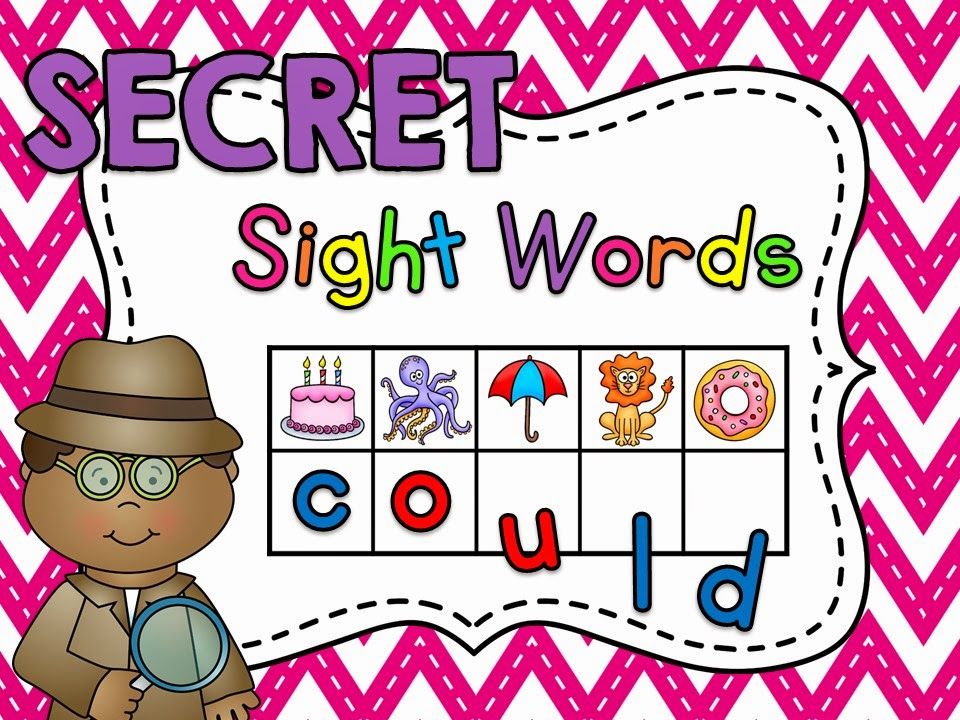 The task of the respondents is to use their own word in the answer and try to do it in such a way that it does not stand out too much; you need to answer quickly and not very extensively, but not necessarily truthfully. Answers to questions in this case can be, for example, “It’s hard for me to choose one city, but let today it will be Rio de Janeiro" or "Volga - into the Caspian, but this does not happen always , every third year it flows into the Black". The presenter must catch which word is superfluous in the answer and guess the song. They often play with lines from poetry rather than from songs.
The task of the respondents is to use their own word in the answer and try to do it in such a way that it does not stand out too much; you need to answer quickly and not very extensively, but not necessarily truthfully. Answers to questions in this case can be, for example, “It’s hard for me to choose one city, but let today it will be Rio de Janeiro" or "Volga - into the Caspian, but this does not happen always , every third year it flows into the Black". The presenter must catch which word is superfluous in the answer and guess the song. They often play with lines from poetry rather than from songs.
Tip
A game for four people divided into pairs (in principle, there can be three or four pairs). The mechanics is extremely simple: the first player from the first pair whispers a word (a common noun in the singular) into the ear of the first player from the second pair, then they must take turns calling their associations with this word (in the same form - common nouns; cognate words cannot be used ).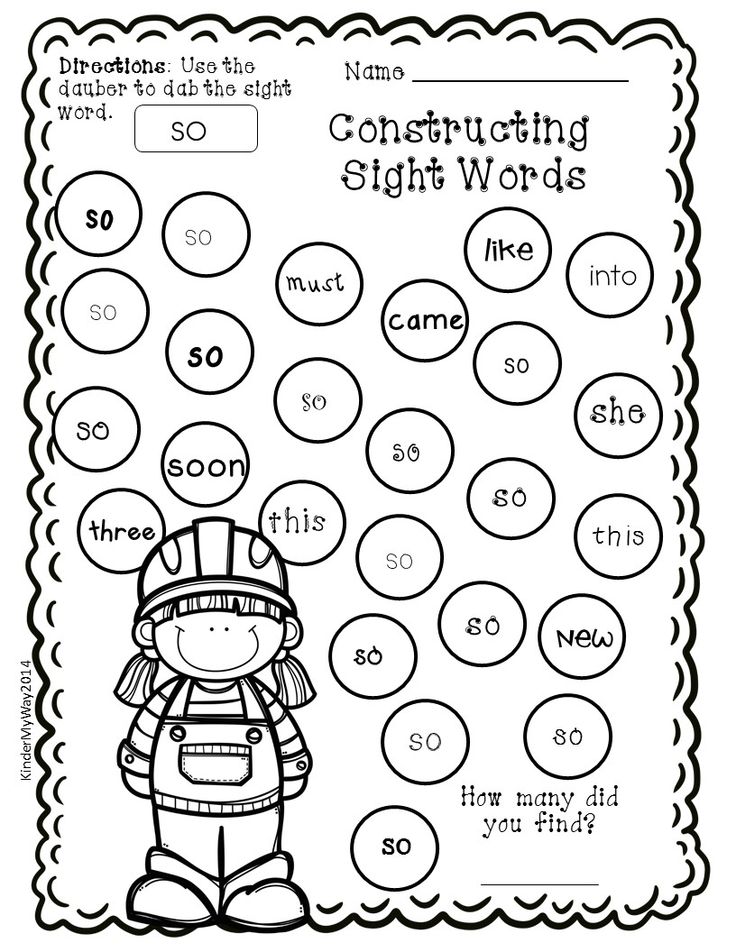 After each association, the teammate of the player who voiced it calls out his word, trying to guess if it was originally guessed - and so on, until the problem is solved by someone; at the same time, all associations already sounded in the game can be used in the future, adding one new one at each move. For example, suppose there are players A and B on one team, and C and D on the other. Player A whispers the word "old man" into player C's ear. Player C says aloud to his partner D: "age". If D immediately answers "old man", then the pair of C and D scores a point, but if he says, for example, "youth", then the move goes to player A, who, using the word "age" suggested by C (but discarding the irrelevant to the case "youth" from D), says to his partner B: "age, man." Now B will probably guess the old man - and his team with A will already earn a point. But if he says "teenager" (thinking that it is about the age when boys turn into men), then C, to whom the move suddenly returned, will say " age, man, eightieth birthday”, and here, probably, “old man” will be guessed.
After each association, the teammate of the player who voiced it calls out his word, trying to guess if it was originally guessed - and so on, until the problem is solved by someone; at the same time, all associations already sounded in the game can be used in the future, adding one new one at each move. For example, suppose there are players A and B on one team, and C and D on the other. Player A whispers the word "old man" into player C's ear. Player C says aloud to his partner D: "age". If D immediately answers "old man", then the pair of C and D scores a point, but if he says, for example, "youth", then the move goes to player A, who, using the word "age" suggested by C (but discarding the irrelevant to the case "youth" from D), says to his partner B: "age, man." Now B will probably guess the old man - and his team with A will already earn a point. But if he says "teenager" (thinking that it is about the age when boys turn into men), then C, to whom the move suddenly returned, will say " age, man, eightieth birthday”, and here, probably, “old man” will be guessed.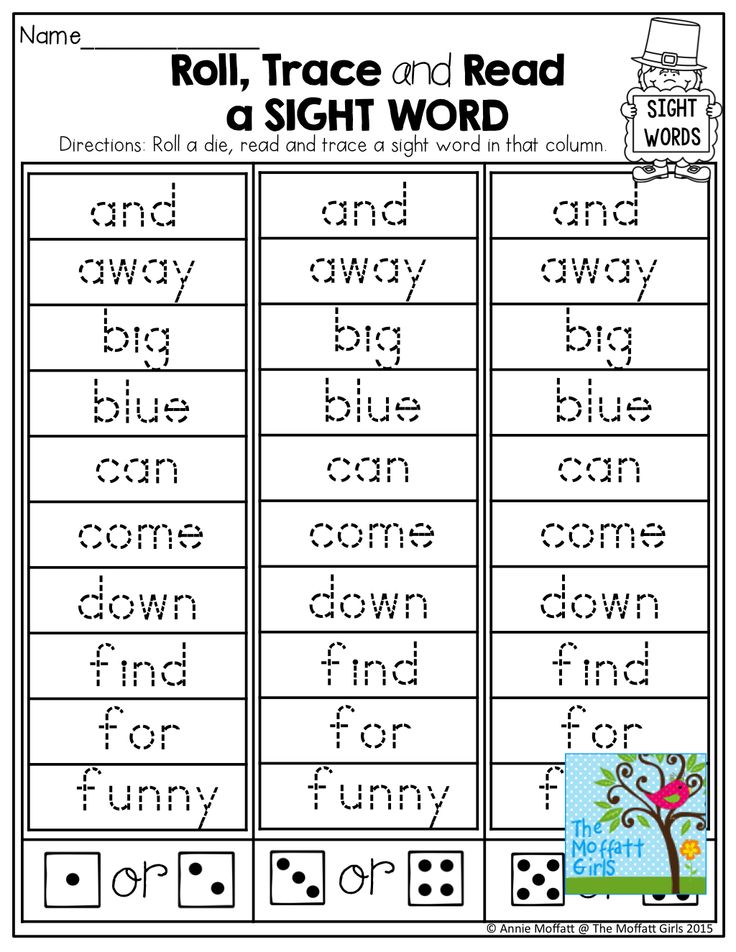 In one of the variants of the game, it is also allowed to "shout": this means that, having suddenly guessed what was meant, the player can shout out the option not on his turn. If he guessed right, his team will get a point, but if he rushed to conclusions, the team will lose a point. They usually play up to five points.
In one of the variants of the game, it is also allowed to "shout": this means that, having suddenly guessed what was meant, the player can shout out the option not on his turn. If he guessed right, his team will get a point, but if he rushed to conclusions, the team will lose a point. They usually play up to five points.
IPU
Game for a big company. Here we are forced to warn readers that, having seen this text in full, you will never be able to drive again - the game is one-time.
Spoiler →
First, the player who gets to drive leaves the room. When he returns, he must find out what MPS means - all that is known in advance is that the bearer of this mysterious abbreviation is present in the room right now. To find out the correct answer, the driver can ask other players questions, the answers to which should be formulated as “yes” or “no”: “Does he have blond hair?”, “Does he have blue eyes?”, “Is this a man?”, “He in jeans?", "Does he have a beard?"; moreover, each question is asked to a specific player, and not to all at once.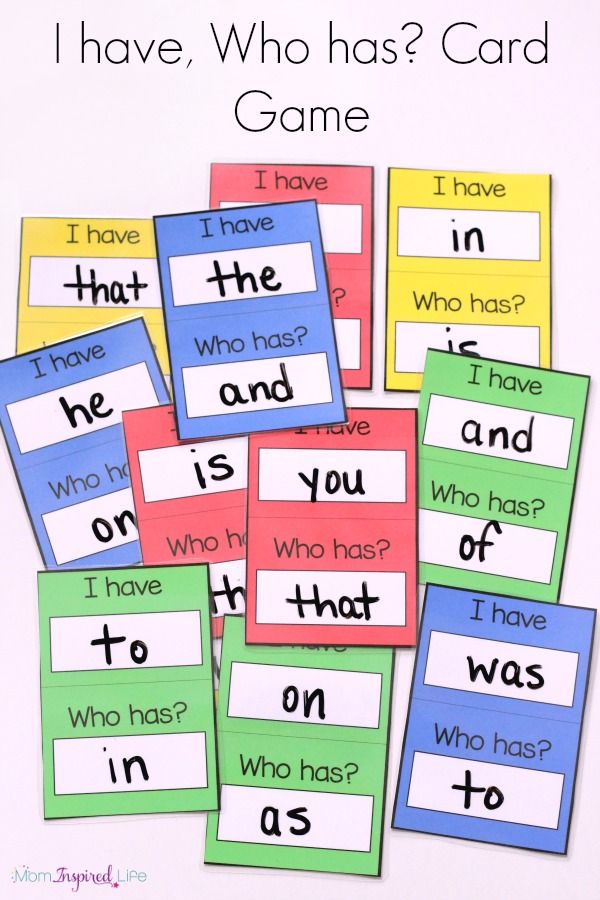 Most likely, it will quickly become clear that there is simply no person in the room who meets all the criteria; Accordingly, the question arises, according to what principle the players give answers. "Opening" this principle will help answer the main question - what is MPS. The Ministry of Railways is not the Ministry of Communications at all, but m oy p right s seated (that is, each player always describes the person sitting to his right). Another option is COP, to then to answered to last (that is, everyone talks about who answered the previous question).
Most likely, it will quickly become clear that there is simply no person in the room who meets all the criteria; Accordingly, the question arises, according to what principle the players give answers. "Opening" this principle will help answer the main question - what is MPS. The Ministry of Railways is not the Ministry of Communications at all, but m oy p right s seated (that is, each player always describes the person sitting to his right). Another option is COP, to then to answered to last (that is, everyone talks about who answered the previous question).
Contact
A simple game that can be played with a group of three or more people. One thinks of a word (noun, common noun, singular) and calls its first letter aloud, the task of the others is to guess the word, remembering other words with this letter, asking questions about them and checking if the presenter guessed.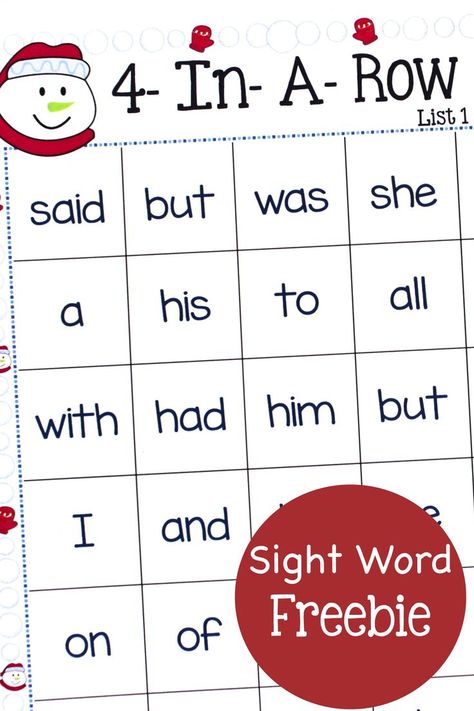 The facilitator's task is not to reveal the next letters in the word to the players for as long as possible. For example, a word with the letter "d" is guessed. One of the players asks the question: “Is this by chance not the place where we live?” This is where the fun begins: the host must figure out as quickly as possible what the player means and say “No, this is not“ house ”” (well, or, if it was a“ house ”, honestly admit it). But in parallel, other players also think the same thing, and if they understand what “house” means before the leader, then they say: “contact” or “there is contact”, and start counting up to ten in chorus (while the count is going on, the presenter still has a chance to escape and guess what it is about!), and then they call the word. If at least two matched, that is, at the expense of ten they said “house” in chorus, the presenter must reveal the next letter, and the new guesser version will already begin with the now known letters “d” + the next one. If it was not possible to beat the host on this question, then the guessers offer a new option.
The facilitator's task is not to reveal the next letters in the word to the players for as long as possible. For example, a word with the letter "d" is guessed. One of the players asks the question: “Is this by chance not the place where we live?” This is where the fun begins: the host must figure out as quickly as possible what the player means and say “No, this is not“ house ”” (well, or, if it was a“ house ”, honestly admit it). But in parallel, other players also think the same thing, and if they understand what “house” means before the leader, then they say: “contact” or “there is contact”, and start counting up to ten in chorus (while the count is going on, the presenter still has a chance to escape and guess what it is about!), and then they call the word. If at least two matched, that is, at the expense of ten they said “house” in chorus, the presenter must reveal the next letter, and the new guesser version will already begin with the now known letters “d” + the next one. If it was not possible to beat the host on this question, then the guessers offer a new option.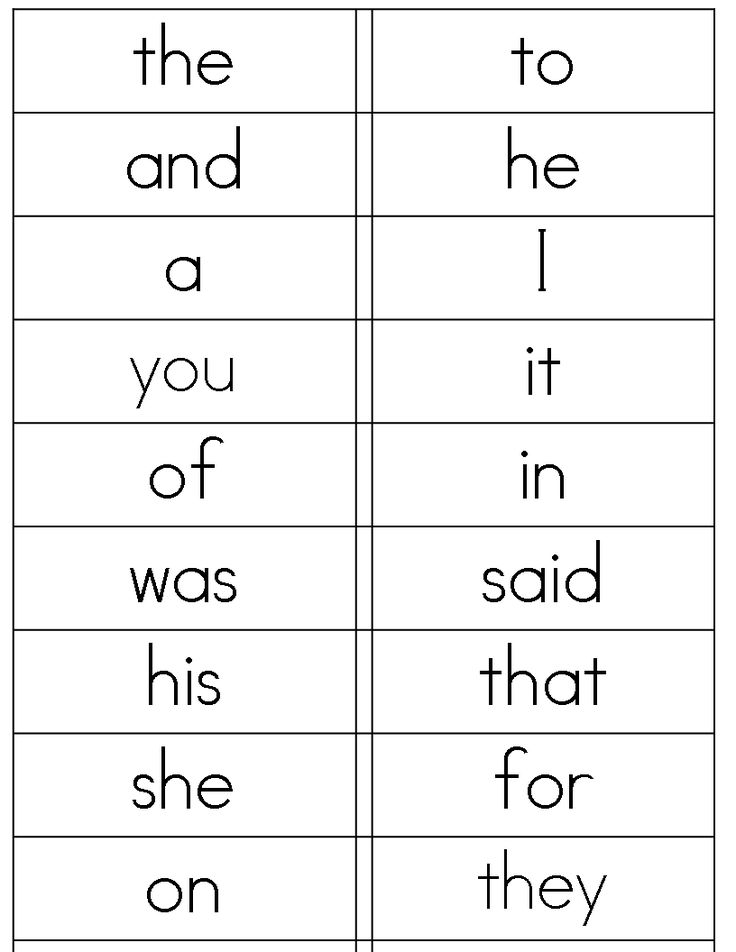 Of course, it makes sense to complicate the definitions, and not ask everything directly - so the question about "home" would sound better like "Is this not where the sun rises?" (with a reference to the famous song "House of the Rising Sun" by The Animals). Usually, the one who eventually gets to the searched word (names it or asks a question leading to victory) becomes the next leader.
Of course, it makes sense to complicate the definitions, and not ask everything directly - so the question about "home" would sound better like "Is this not where the sun rises?" (with a reference to the famous song "House of the Rising Sun" by The Animals). Usually, the one who eventually gets to the searched word (names it or asks a question leading to victory) becomes the next leader.
Writing games
Encyclopedia
Not the fastest, but extremely exciting game for a company of four people - you will need pens, paper and some kind of encyclopedic dictionary (preferably not limited thematically - that is, TSB is better than a conditional "biological encyclopedia"). The host finds a word in the encyclopedia that is unknown to anyone present (here it remains to rely on their honesty - but cheating in this game is uninteresting and unproductive).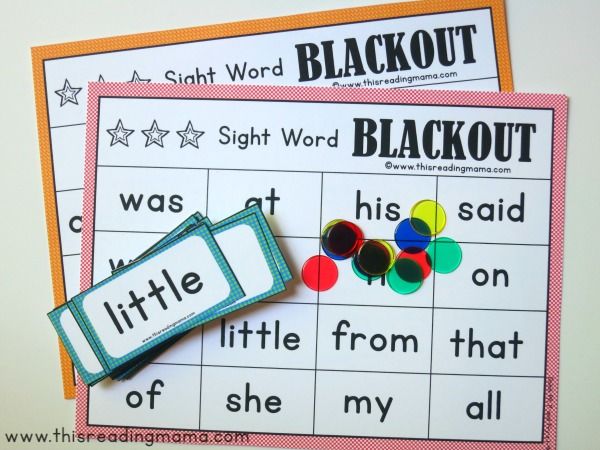 The task of each of the players is to write an encyclopedic definition of this word, inventing its meaning from the head and, if possible, disguising the text as a real small encyclopedic article. The presenter, meanwhile, carefully rewrites the real definition from the encyclopedia. After that, the “articles” are shuffled and read out by the presenter in random order, including the real one, and the players vote for which option seems most convincing to them. In the end, the votes are counted and points are distributed. Any player receives a point for correctly guessing the real definition and one more point for each vote given by other participants to his own version. After that, the sheets are distributed back and a new word is played out - there should be about 6-10 of them in total. You can also play this game in teams: come up with imaginary definitions collectively. The game "poems" is arranged in a similar way - but instead of a compound word, the host selects two lines from some little-known poem in advance and invites the participants to add quatrains.
The task of each of the players is to write an encyclopedic definition of this word, inventing its meaning from the head and, if possible, disguising the text as a real small encyclopedic article. The presenter, meanwhile, carefully rewrites the real definition from the encyclopedia. After that, the “articles” are shuffled and read out by the presenter in random order, including the real one, and the players vote for which option seems most convincing to them. In the end, the votes are counted and points are distributed. Any player receives a point for correctly guessing the real definition and one more point for each vote given by other participants to his own version. After that, the sheets are distributed back and a new word is played out - there should be about 6-10 of them in total. You can also play this game in teams: come up with imaginary definitions collectively. The game "poems" is arranged in a similar way - but instead of a compound word, the host selects two lines from some little-known poem in advance and invites the participants to add quatrains.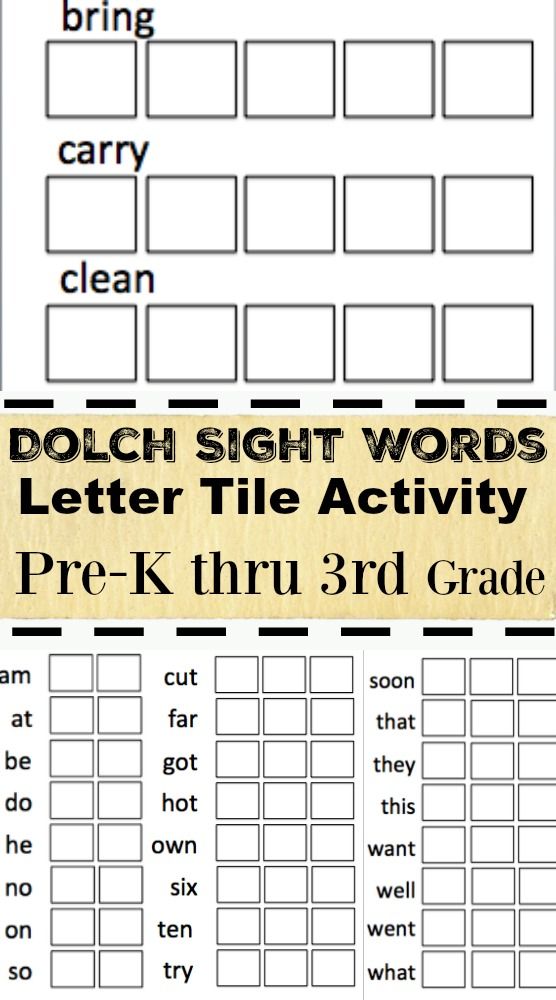
Game from Inglourious Basterds
A game for a company of any size that many knew before the Quentin Tarantino film, but it does not have a single name. Each player invents a role for his neighbor (usually it is some famous person), writes it on a piece of paper and sticks the piece of paper on his neighbor's forehead: accordingly, everyone sees what role someone has, but does not know who they are. The task of the participants is, with the help of leading questions, the answers to which are formulated as “yes” or “no” (“Am I a historical figure?”, “Am I a cultural figure?”, “Am I a famous athlete?”), to find out who exactly they are. In this form, however, the game exhausts itself rather quickly, so you can come up with completely different themes and instead of famous people play, for example, in professions (including exotic ones - "carousel", "taxidermist"), in film and literary heroes (you can mix them with real celebrities, but it’s better to agree on this in advance), food (one player will be risotto, and the other, say, green cabbage soup) and even just items.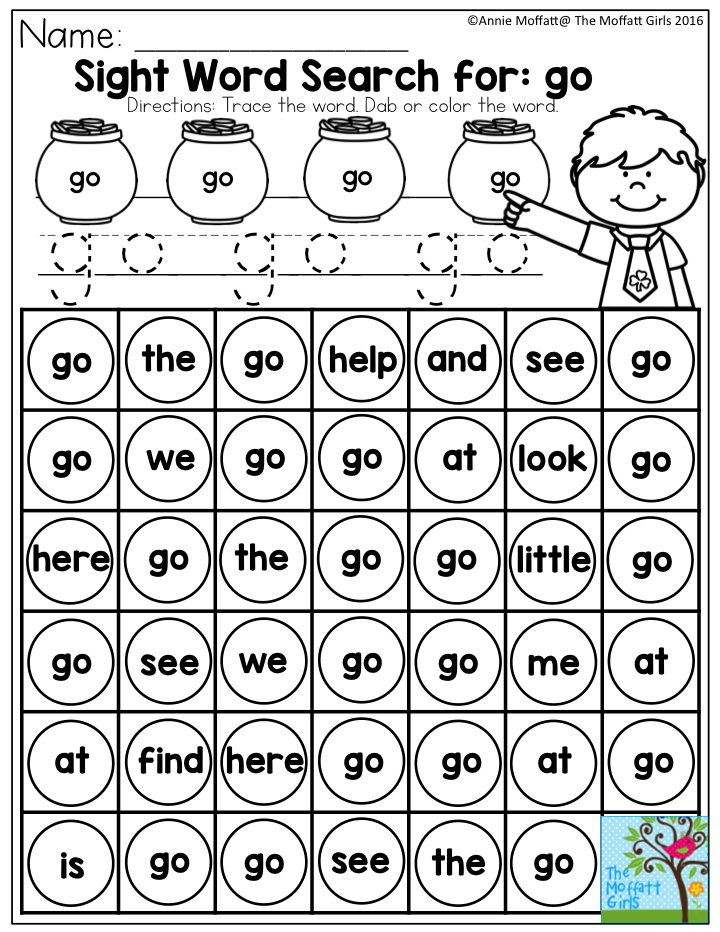
Bulls and cows
A game for two: one participant thinks of a word, and it is agreed in advance how many letters should be in it (usually 4-5). The task of the second is to guess this word by naming other four- or five-letter words; if some letters of the named word are in the hidden one, they are called cows, and if they have the same place inside the word, then these are bulls. Let's imagine that the word "eccentric" is conceived. If the guesser says “dot”, then he receives an answer from the second player: “three cows” (that is, the letters “h”, “k” and “a”, which are in both “eccentric” and “dot”, but in different places). If he then says "head of head", he will no longer get three cows, but two cows and one bull - since the letter "a" in both "eccentric" and "head" is in the fourth position. As a result, sooner or later, it is possible to guess the word, and the players can change places: now the first one will guess the word and count the bulls and cows, and the second one will name his options and track the extent to which they coincide with the one guessed.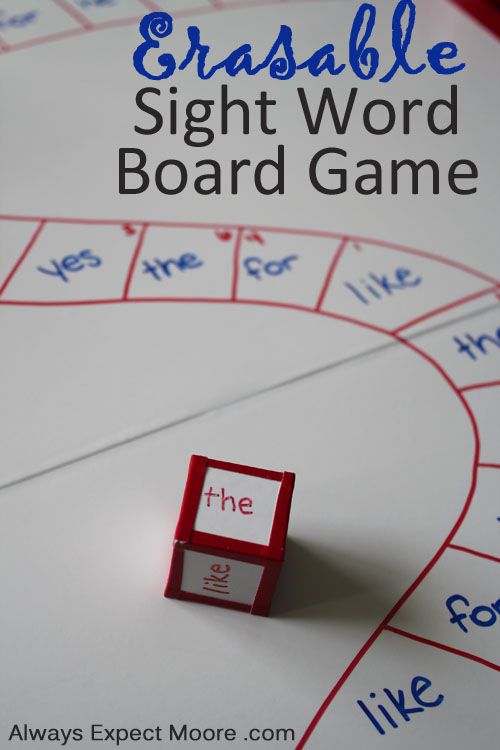 You can also complicate the process by simultaneously guessing your own word and guessing the opponent's word.
You can also complicate the process by simultaneously guessing your own word and guessing the opponent's word.
Intellect
Writing game for the company (but you can also play together), consisting of three rounds, each for five minutes. In the first, players randomly type thirteen letters (for example, blindly poking a book page with their finger) and then form words from them, and only long ones - from five letters. In the second round, you need to choose a syllable and remember as many words as possible that begin with it, you can use single-root ones (for example, if the syllable "house" is selected, then the words "house", "domra", "domain", "domain", "brownie", "housewife", etc.). Finally, in the third round, the syllable is taken again, but now you need to remember not ordinary words, but the names of famous people of the past and present in which it appears, and not necessarily at the beginning - that is, both Karamzin and McCartney will fit the syllable "kar" , and, for example, Hamilcar.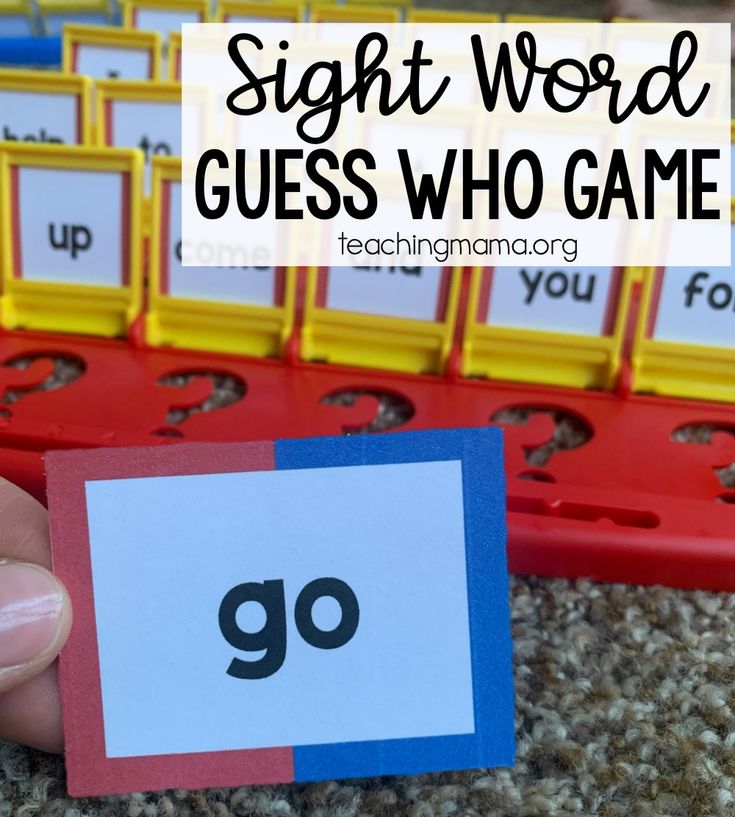 An important detail: since this round provokes the most disputes and scams, game participants can ask each other to prove that this person is really a celebrity, and here you need to remember at least the profession and country. Typical dialogue: "What, you don't know Hamilcar? But this is a Carthaginian commander!” After each round, points are counted: if a particular word is the same for all players, it is simply crossed out, in other cases, players are awarded as many points for it as the opponents could not remember it. In the first round, you can still add points for especially long words. Based on the results of the rounds, it is necessary to determine who took the first, second, third and other places, and add up these places at the end of the game. The goal is to get the smallest number at the output (for example, if you were the winners of all three rounds, then you will get the number 3 - 1 + 1 + 1, and you are the champion; less cannot be purely mathematical).
An important detail: since this round provokes the most disputes and scams, game participants can ask each other to prove that this person is really a celebrity, and here you need to remember at least the profession and country. Typical dialogue: "What, you don't know Hamilcar? But this is a Carthaginian commander!” After each round, points are counted: if a particular word is the same for all players, it is simply crossed out, in other cases, players are awarded as many points for it as the opponents could not remember it. In the first round, you can still add points for especially long words. Based on the results of the rounds, it is necessary to determine who took the first, second, third and other places, and add up these places at the end of the game. The goal is to get the smallest number at the output (for example, if you were the winners of all three rounds, then you will get the number 3 - 1 + 1 + 1, and you are the champion; less cannot be purely mathematical).
 B. C. Trim, alphabet enchanté. Illustrations by Bertal. France, 1861 Wikimedia Commons
B. C. Trim, alphabet enchanté. Illustrations by Bertal. France, 1861 Wikimedia Commons Frame
A game for any number of people, which was invented by one of the creators of the Kaissa chess program and the author of the anagram search program Alexander Bitman. First, the players choose several consonants - this will be the frame, the skeleton of the word. Then the time is recorded (two or three minutes), and the players begin to “stretch” vowels (as well as “й”, “ь”, “ъ”) onto the frame to make existing words. Consonants can be used in any order, but only once, and vowels can be added in any number. For example, players choose the letters "t", "m", "n" - then the words "fog", "cloak", "mantle", "coin", "darkness", "ataman", "dumbness" and other. The winner is the one who can come up with more words (as usual, these should be common nouns in the singular). The game can be played even with one letter, for example, "l". The words “silt”, “lay”, “yula”, “aloe”, “spruce” are formed around it, and if we agree that the letter can be doubled, “alley” and “lily”.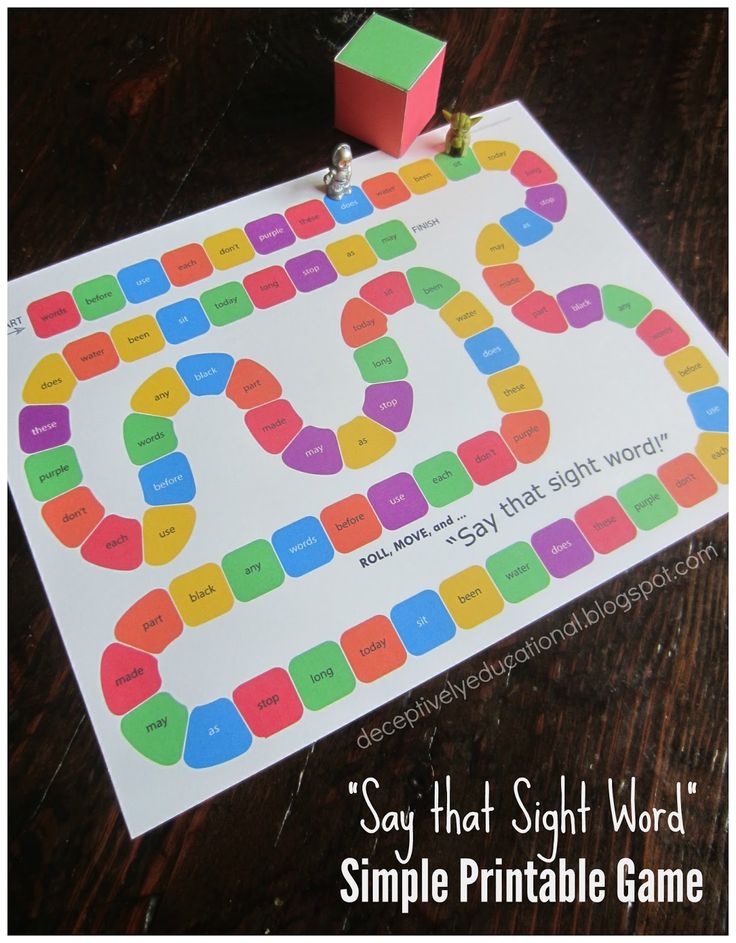 If the standard "framework" is mastered, then the task may be to compose a whole phrase with one consonant: a textbook example from the book by Evgeny Gik - "Bobby, kill the boy and beat the woman at the baobab."
If the standard "framework" is mastered, then the task may be to compose a whole phrase with one consonant: a textbook example from the book by Evgeny Gik - "Bobby, kill the boy and beat the woman at the baobab."
Chain of words
Game for any number of players. Many people know it under the name "How to make an elephant out of a fly", and it was invented by the writer and mathematician Lewis Carroll, the author of "Alice". The “chain” is based on metagram words, that is, words that differ by only one letter. The task of the players is to turn one word into another with the least number of intermediate links. For example, let's make a "goat" from a "fox": FOX - LINDE - PAW - KAPA - KARA - KORA - GOAT. It is interesting to give tasks with a plot: so that the “day” turns into “night”, the “river” becomes the “sea”. The well-known chain, where the "elephant" grows out of the "fly", is obtained in 16 moves: FLY - MURA - TURA - TARA - KARA - KARE - CAFE - KAFR - MURDER - KAYUK - HOOK - URIK - LESSON - TERM - DRAIN - STON - ELEPHANT (example of Evgeny Gik).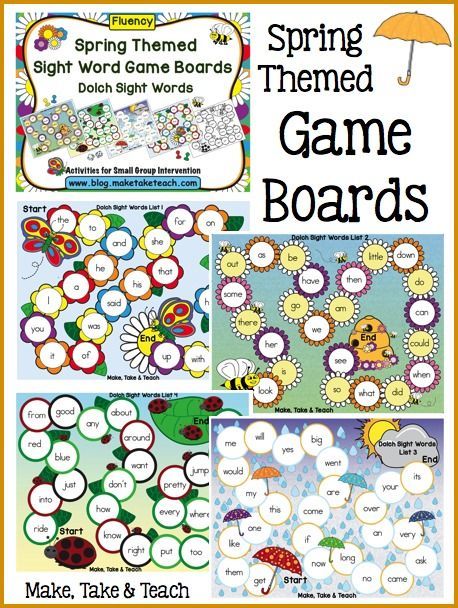 For training, you can compete in the search for metagrams for any word. For example, the word "tone" gives "sleep", "background", "current", "tom", "tan" and so on - whoever scores more options wins.
For training, you can compete in the search for metagrams for any word. For example, the word "tone" gives "sleep", "background", "current", "tom", "tan" and so on - whoever scores more options wins.
Hat
A game for a company of four people that requires simple equipment: pens, paper and a “hat” (an ordinary plastic bag will do). Sheets of paper need to be torn into small pieces and distributed to the players, the number of pieces depends on how many people are playing: the larger the company, the less for each. Players write words on pieces of paper (one for each piece of paper) and throw them into the "hat". There are also options here - you can play just with words (noun, common noun, singular), or you can play with famous people or literary characters. Then the participants are divided into teams - two or more people each; the task of each - in 20 seconds (or 30, or a minute - the timing can be set at your own choice) to explain to your teammates the largest number of words arbitrarily pulled out of the "hat", without using the same root.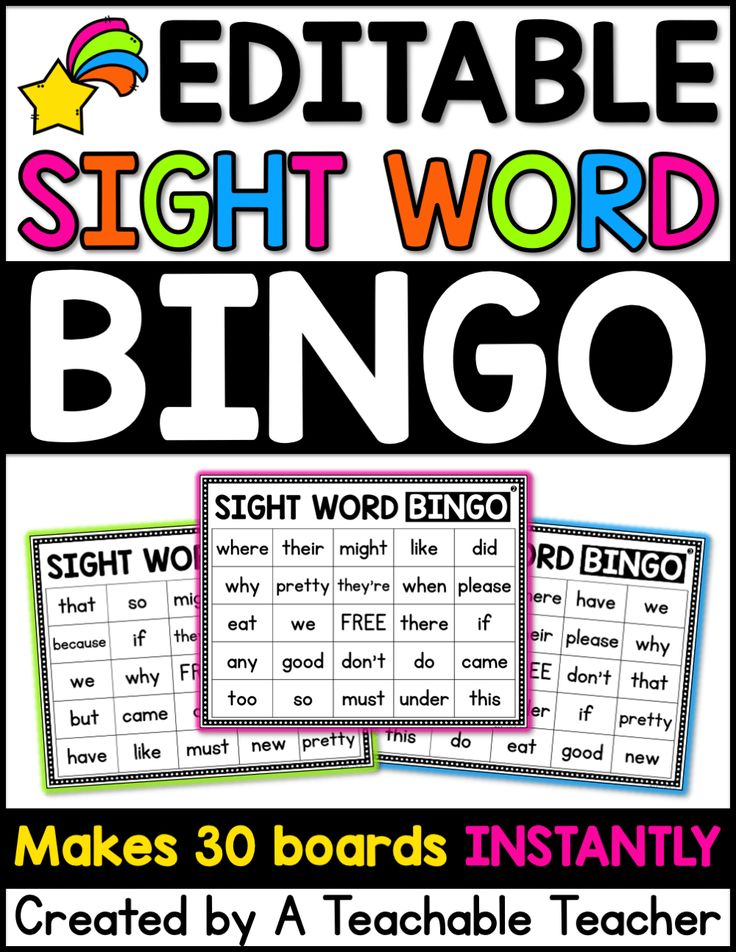 If the driver could not explain a word, it returns to the hat and will be played by the other team. At the end of the game, the words guessed by different representatives of the same team are summed up, their number is counted, and the team that has more pieces of paper is awarded the victory. A popular version of the game: everything is the same, but in the first round the players explain the words (or describe the characters) orally, in the second round they show in pantomime, in the third round they explain the same words in one word. And recently a board game has appeared, where you need not only to explain and show, but also to draw.
If the driver could not explain a word, it returns to the hat and will be played by the other team. At the end of the game, the words guessed by different representatives of the same team are summed up, their number is counted, and the team that has more pieces of paper is awarded the victory. A popular version of the game: everything is the same, but in the first round the players explain the words (or describe the characters) orally, in the second round they show in pantomime, in the third round they explain the same words in one word. And recently a board game has appeared, where you need not only to explain and show, but also to draw.
Telegrams
Game for any number of players. The players choose a word, for each letter of which they will need to come up with a part of the telegram - the first letter will be the beginning of the first word, the second - the second, and so on. For example, the word "fork" is selected. Then the following message can become a telegram: “The camel is healed.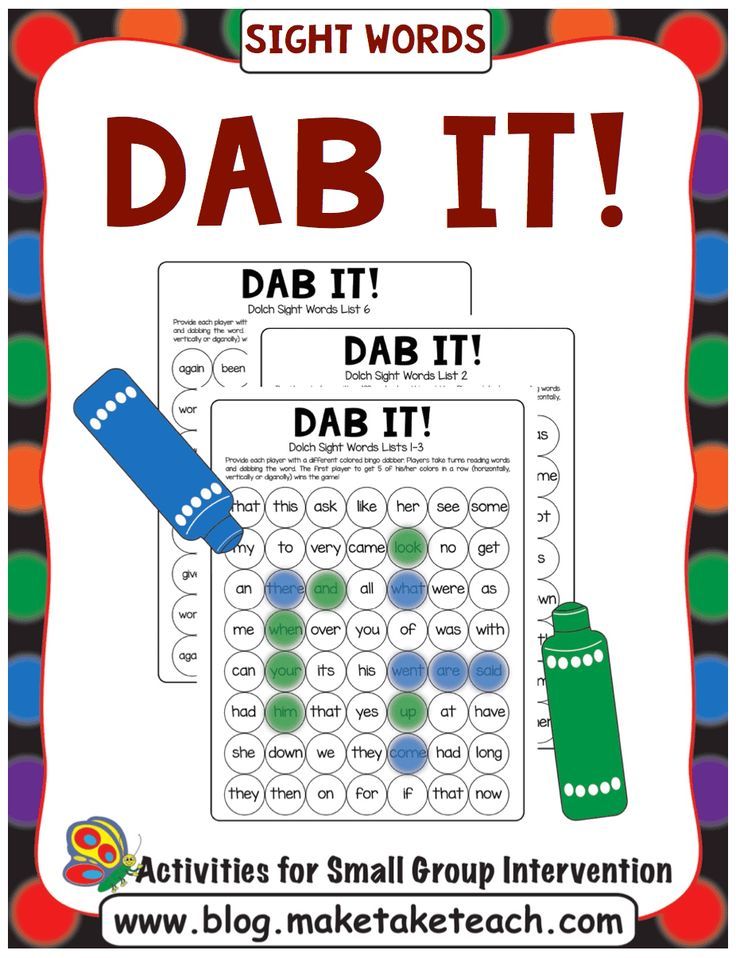 I'm flying a crocodile. Aibolit". Another round of the game is the addition of genres. Each player gets the task to write not one, but several telegrams from the same word - business, congratulatory, romantic (the types of messages are agreed in advance). Telegrams are read aloud, the next word is chosen.
I'm flying a crocodile. Aibolit". Another round of the game is the addition of genres. Each player gets the task to write not one, but several telegrams from the same word - business, congratulatory, romantic (the types of messages are agreed in advance). Telegrams are read aloud, the next word is chosen.
even more different games for one or a company
Home games
Shadow theater, crafts and paper dolls from children's books and magazines of the XIX-XX centuries Ring and other games
Games from classic books
What do the heroes of the works of Nabokov, Lindgren and Milne play
Children's course on where games, jokes, horror stories and memes come from and why we need them
Children's room
Special project
Children's room Arzamas
Sources
- Balandin B.
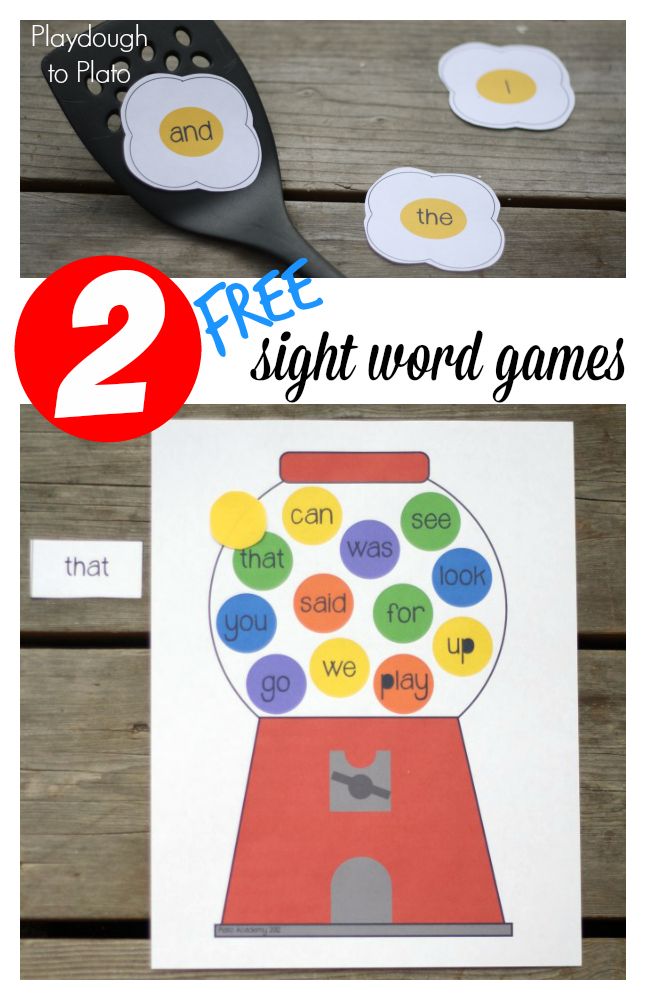
Learn more



